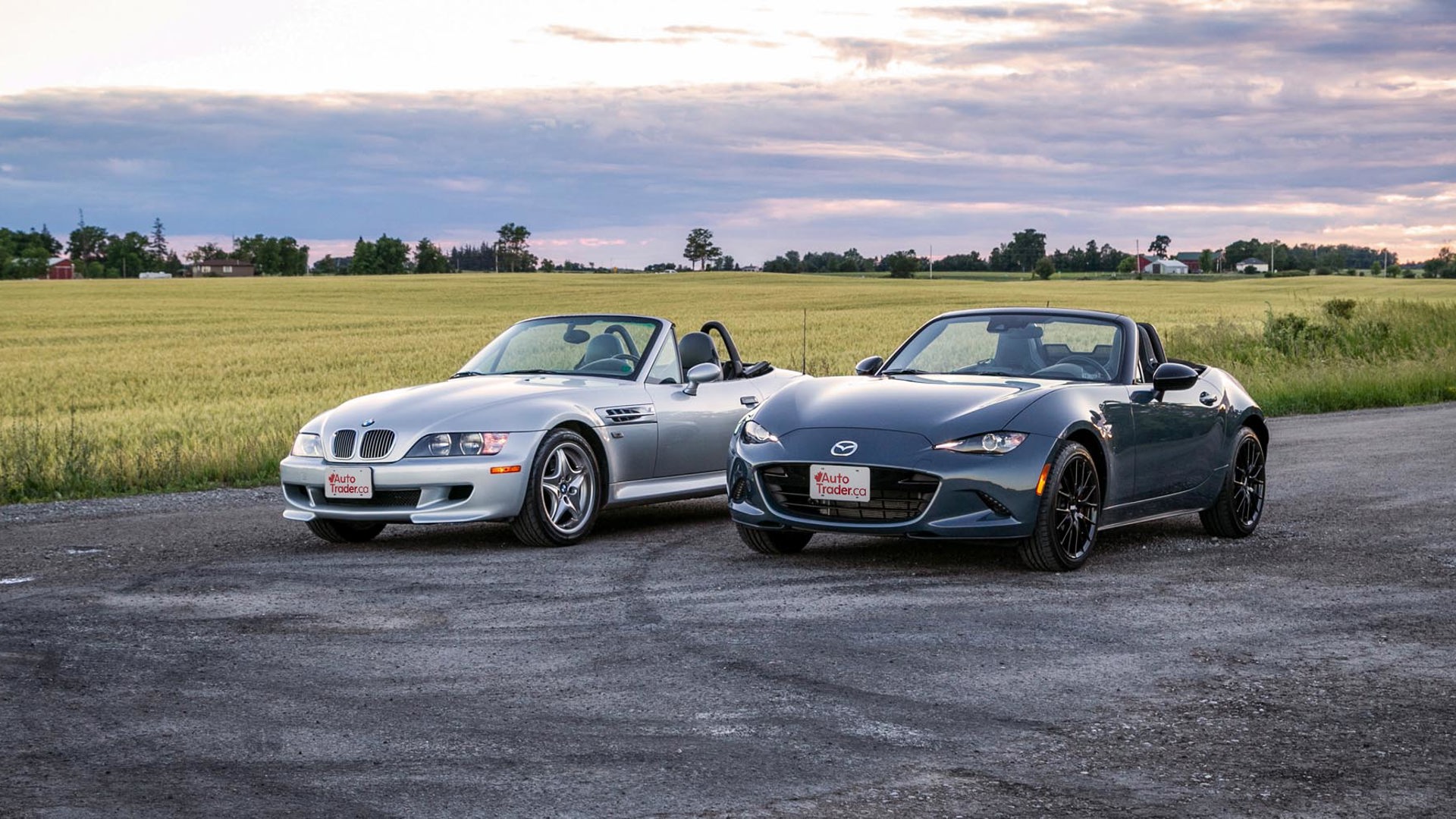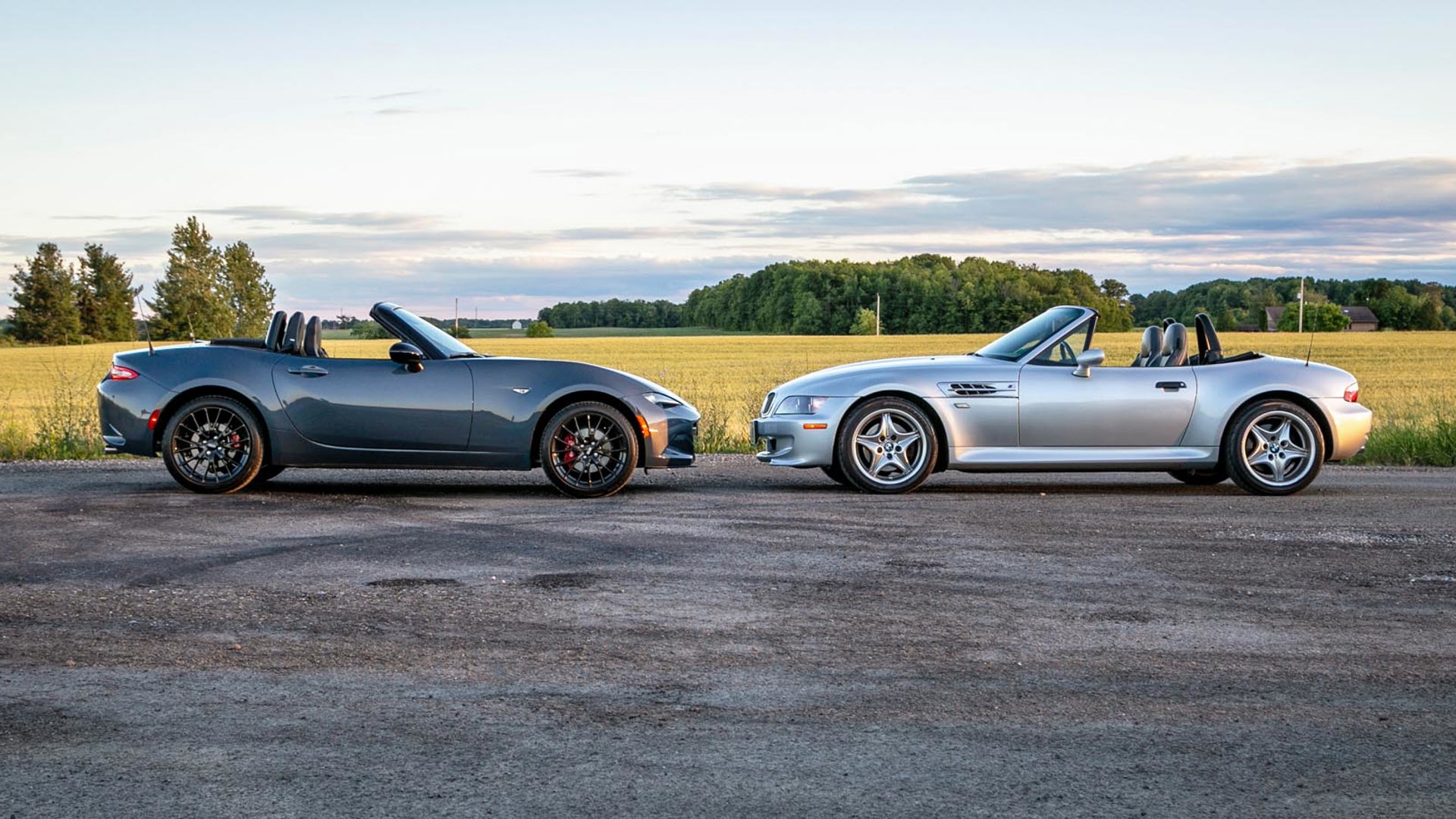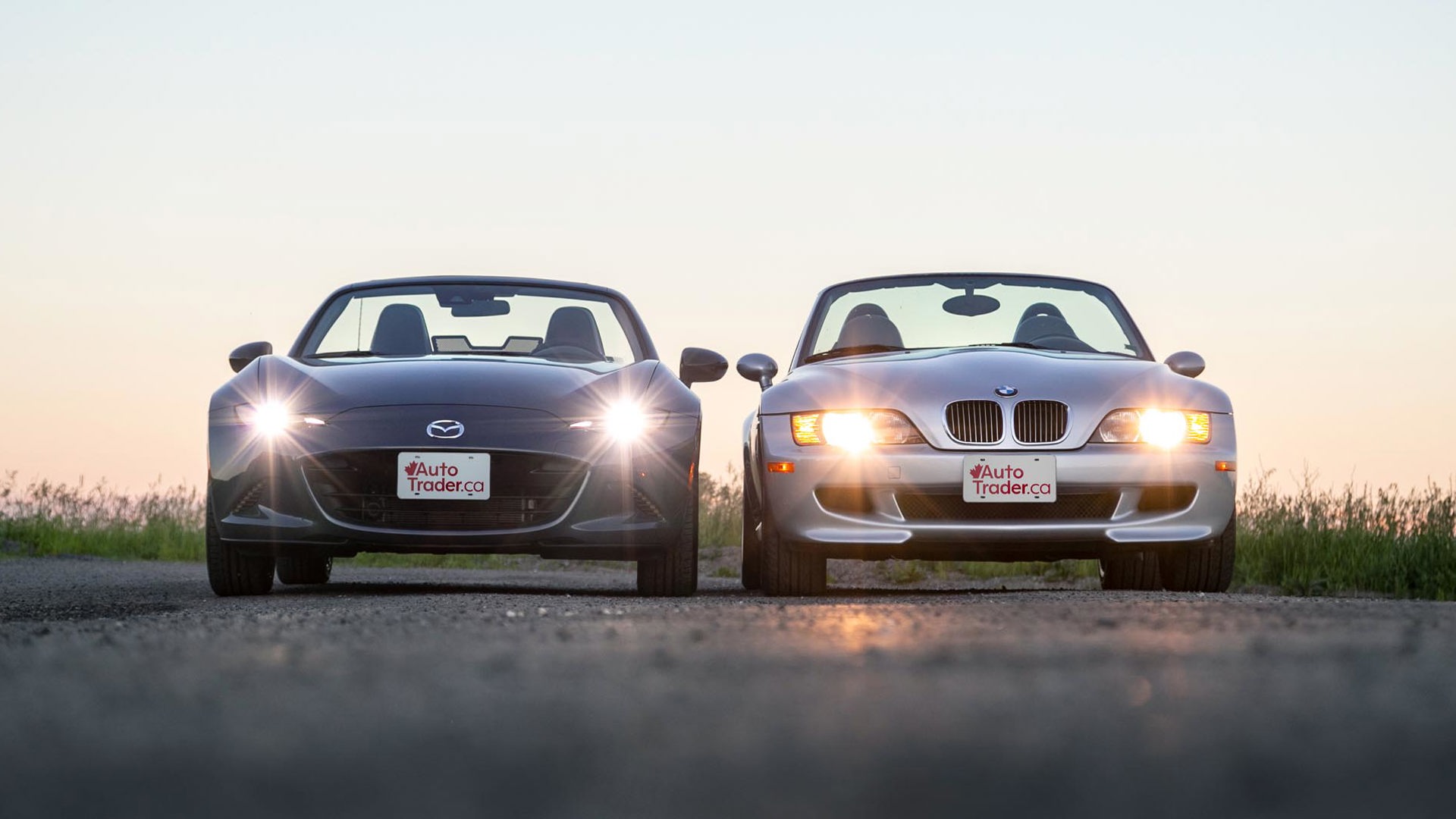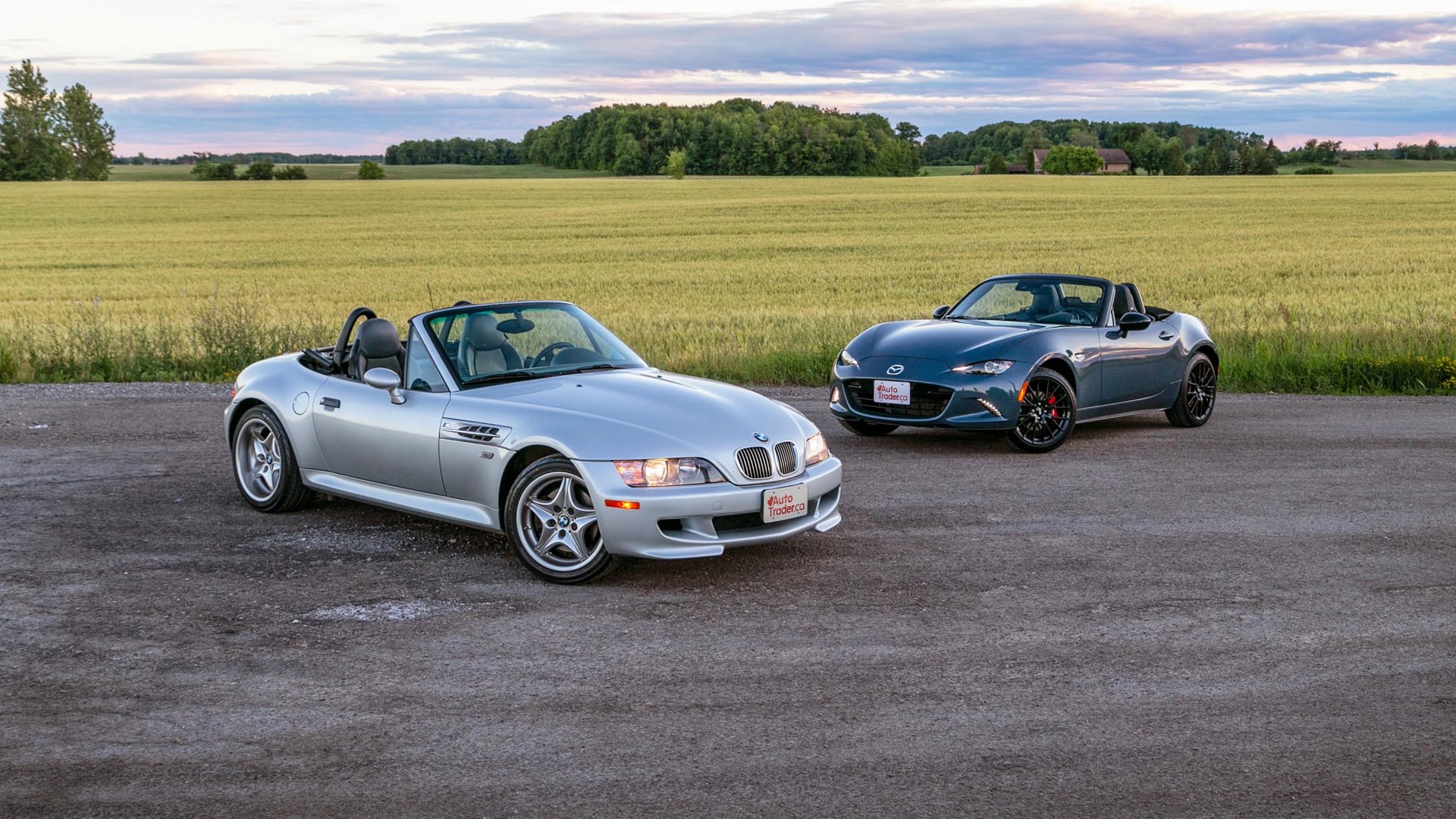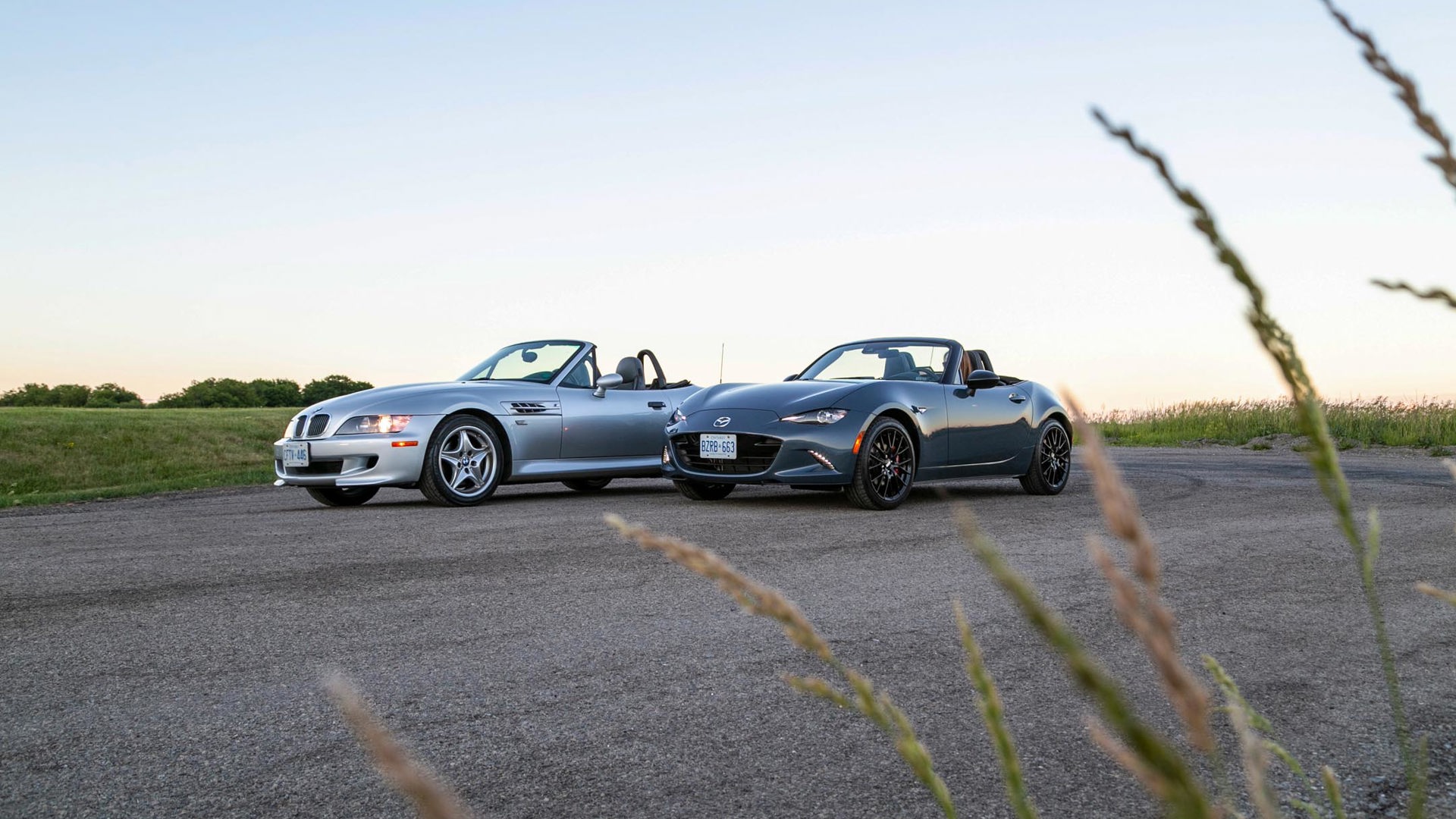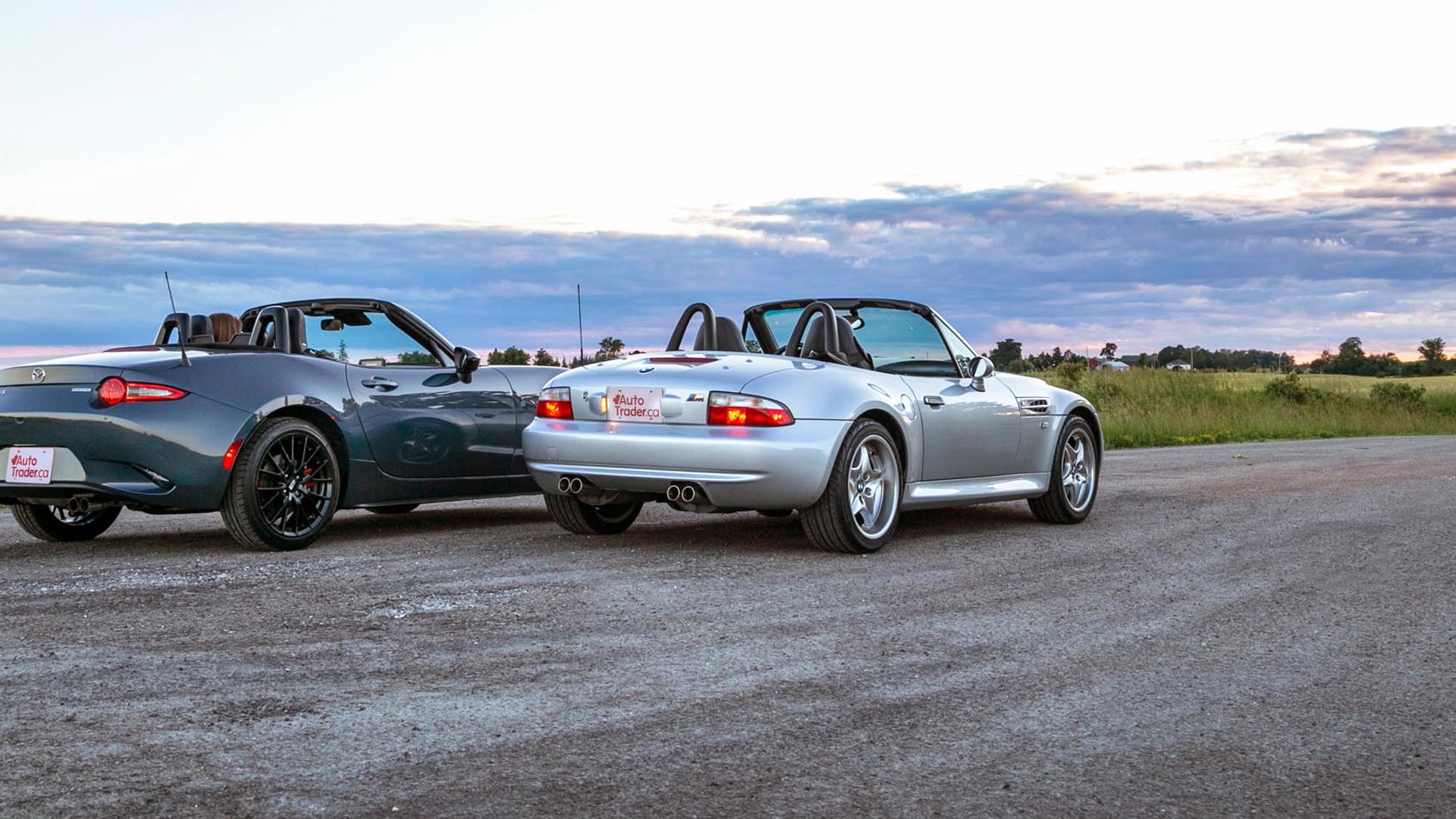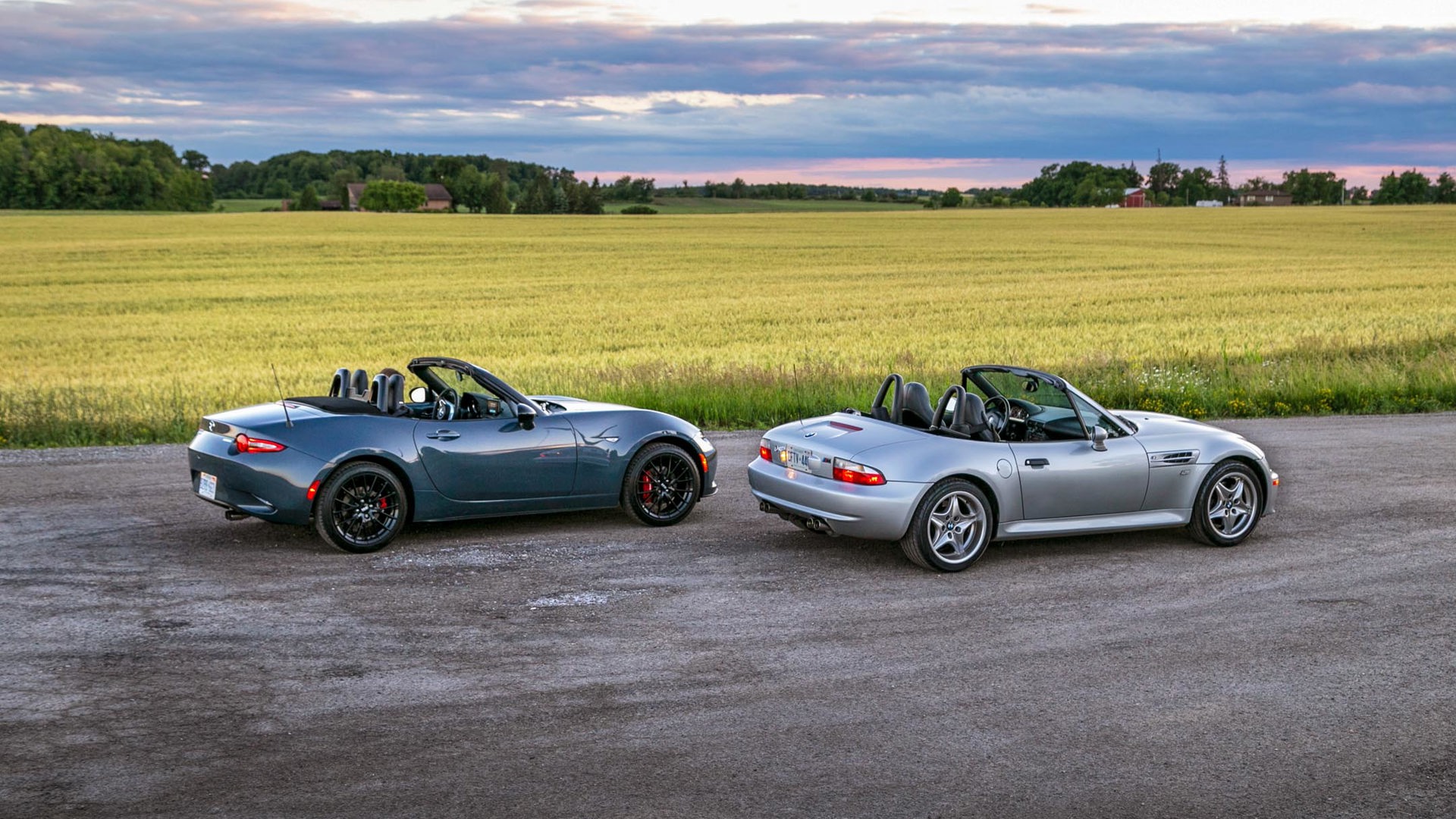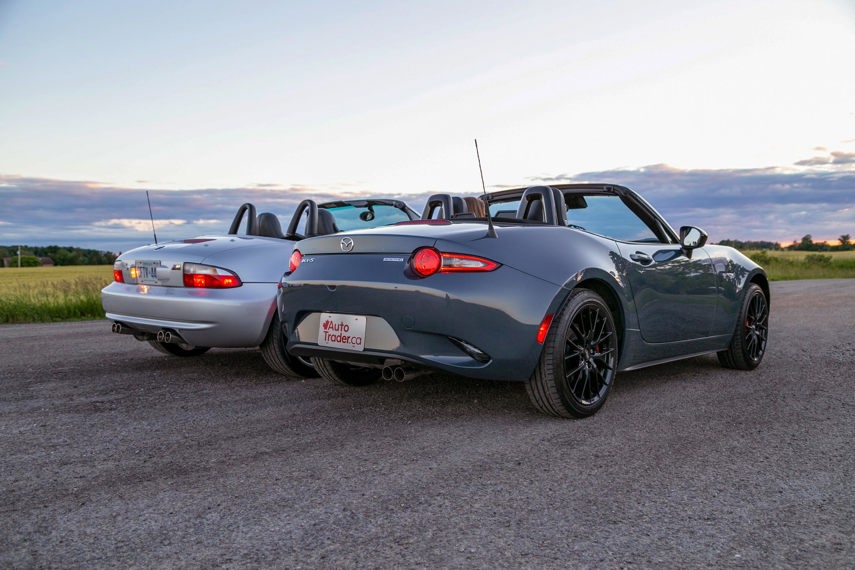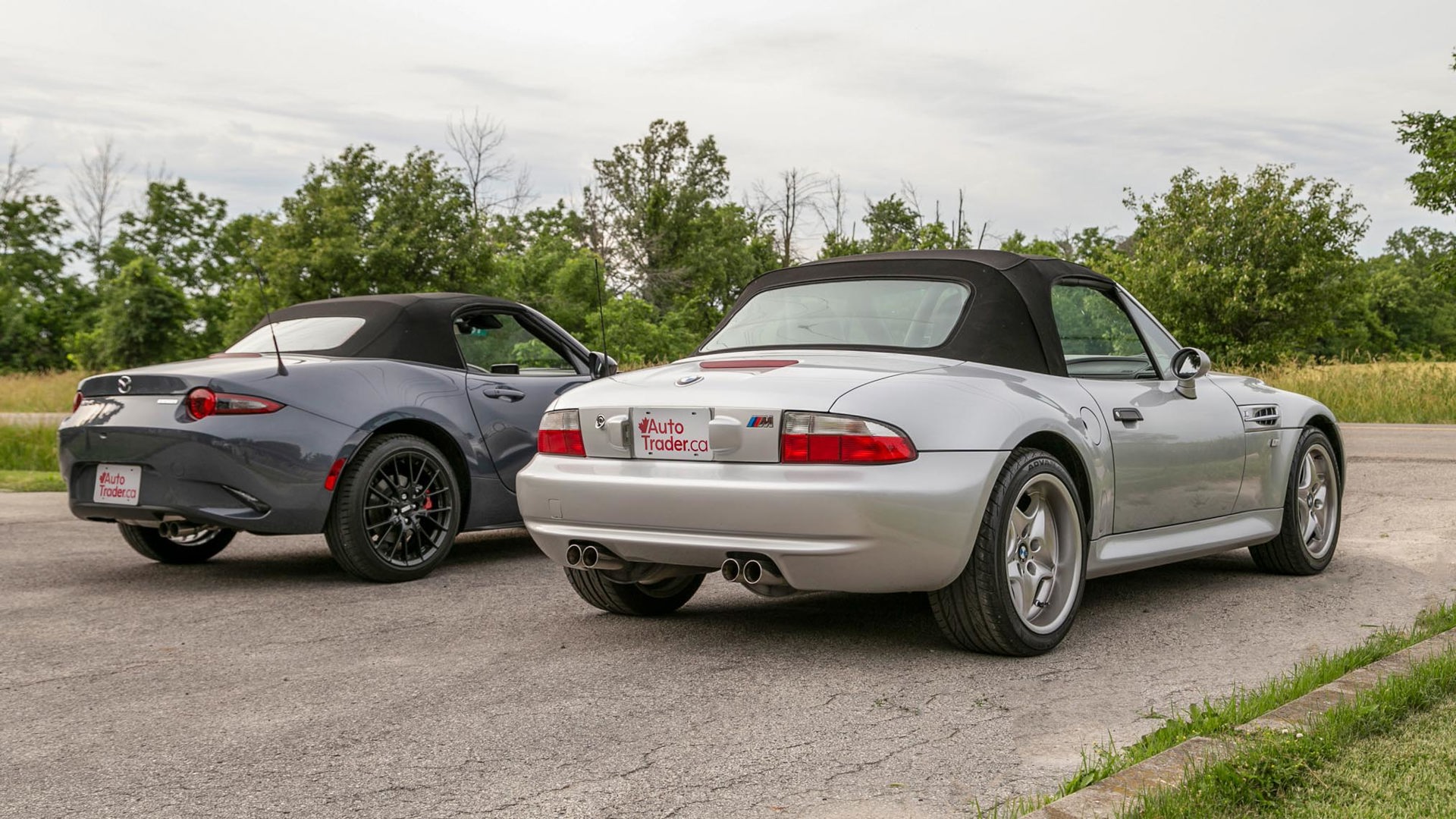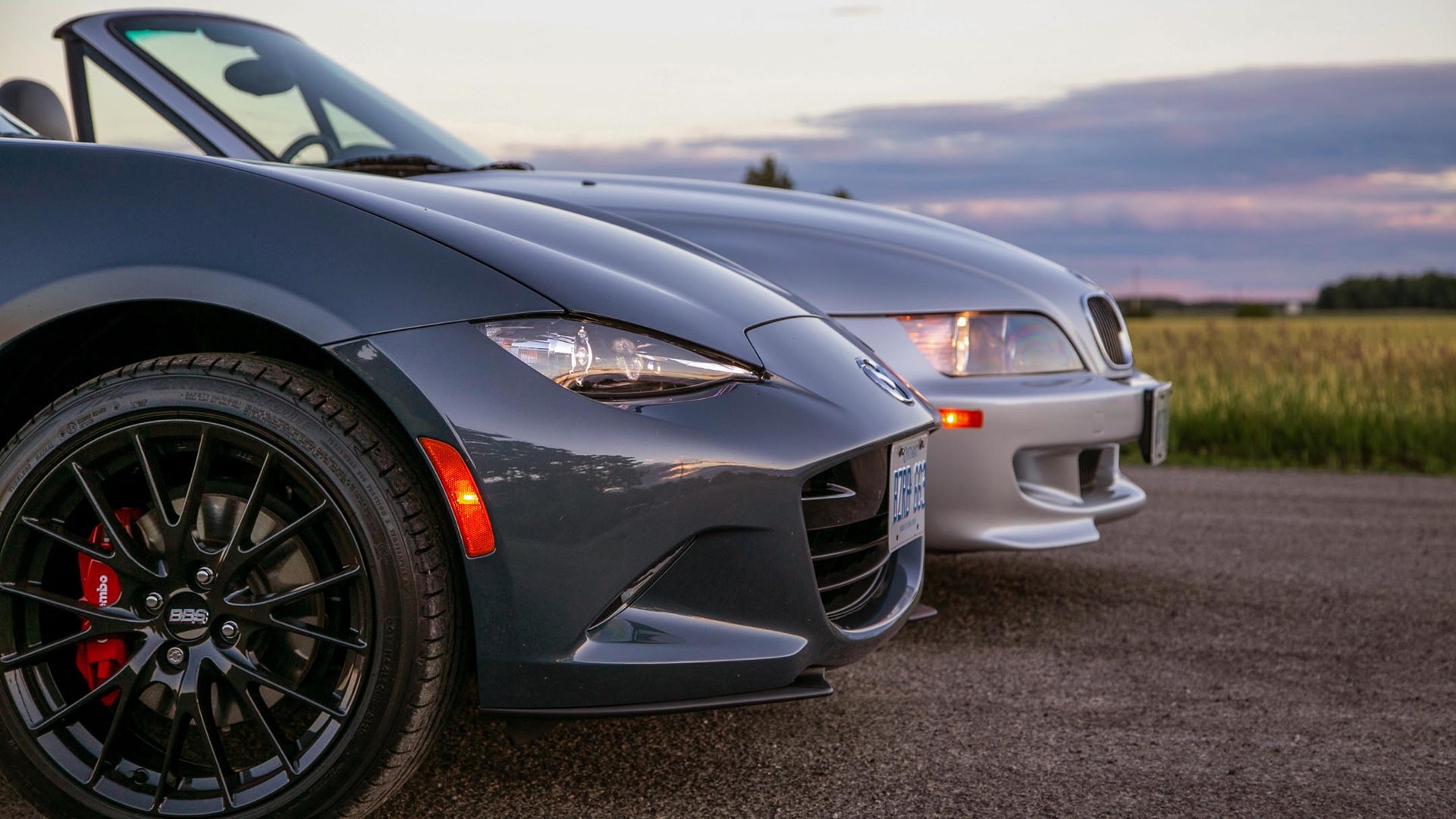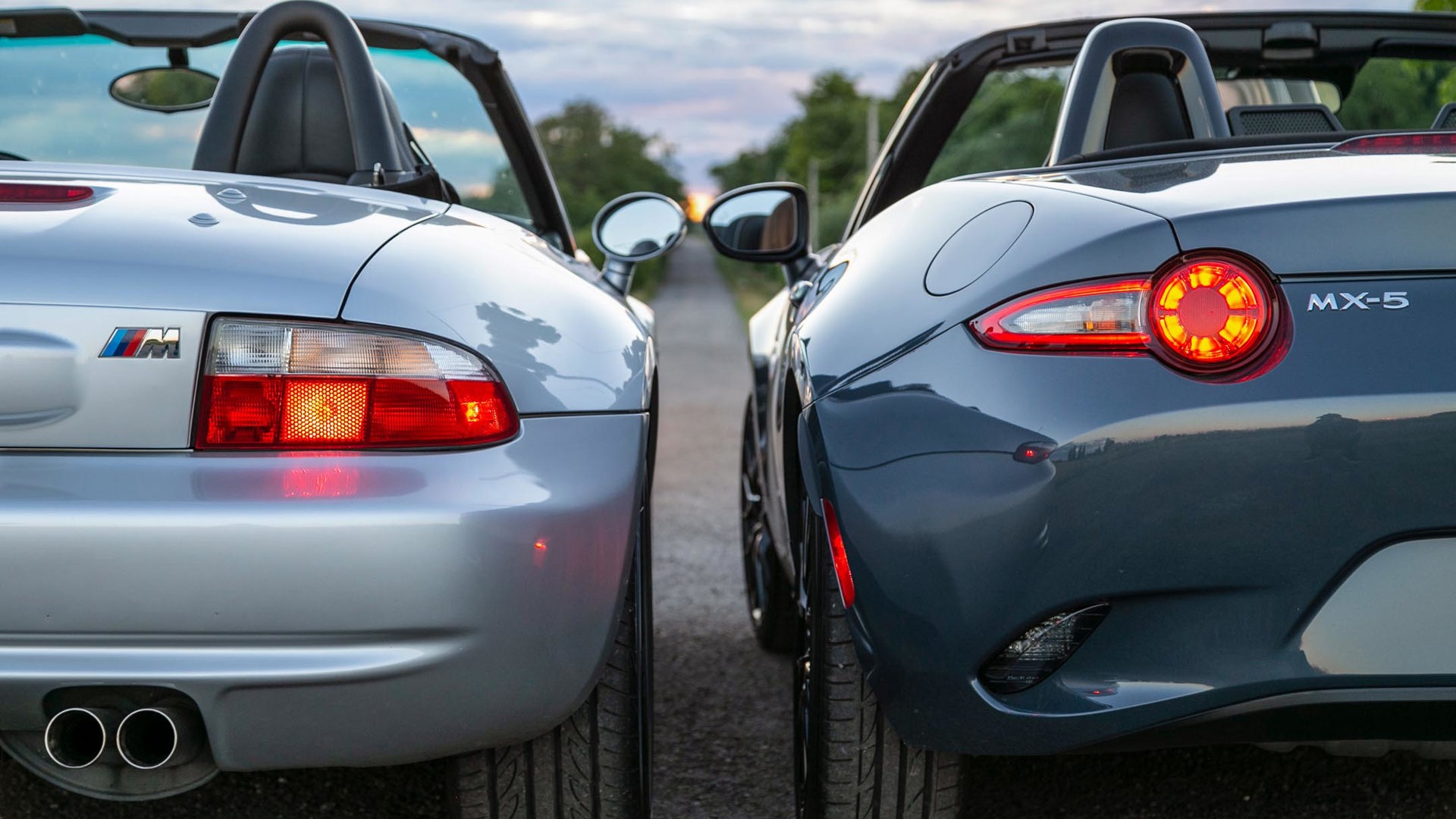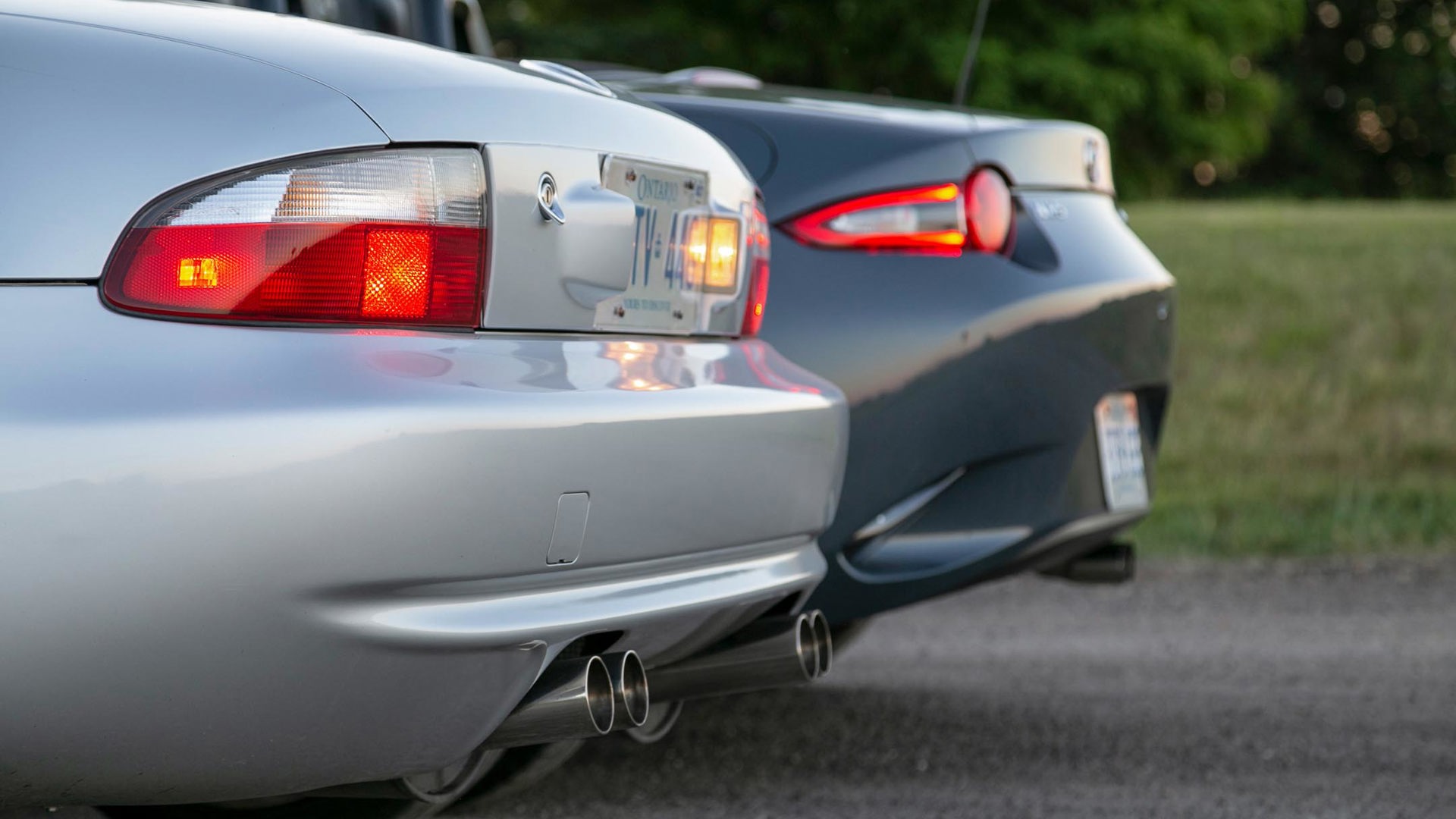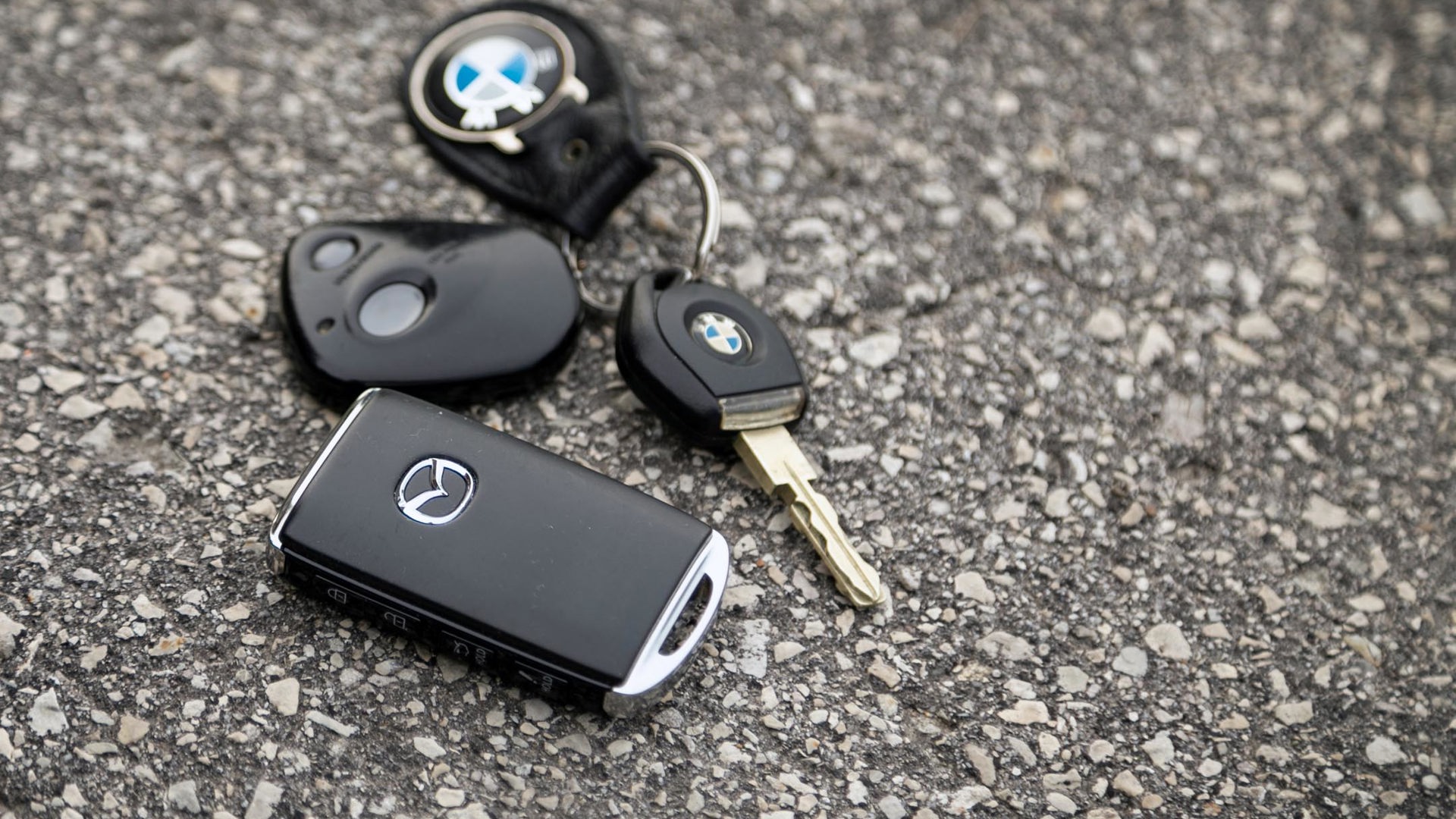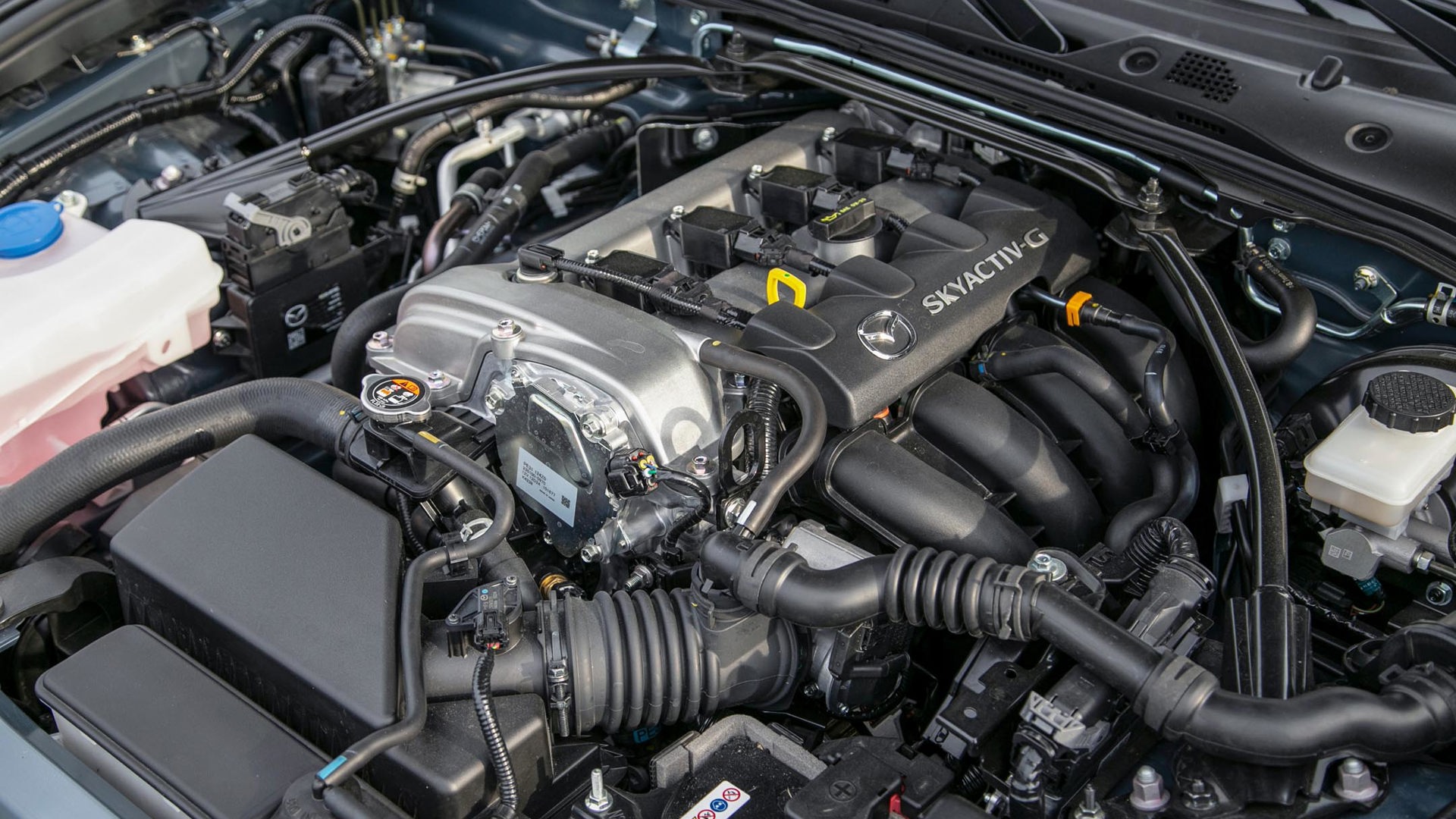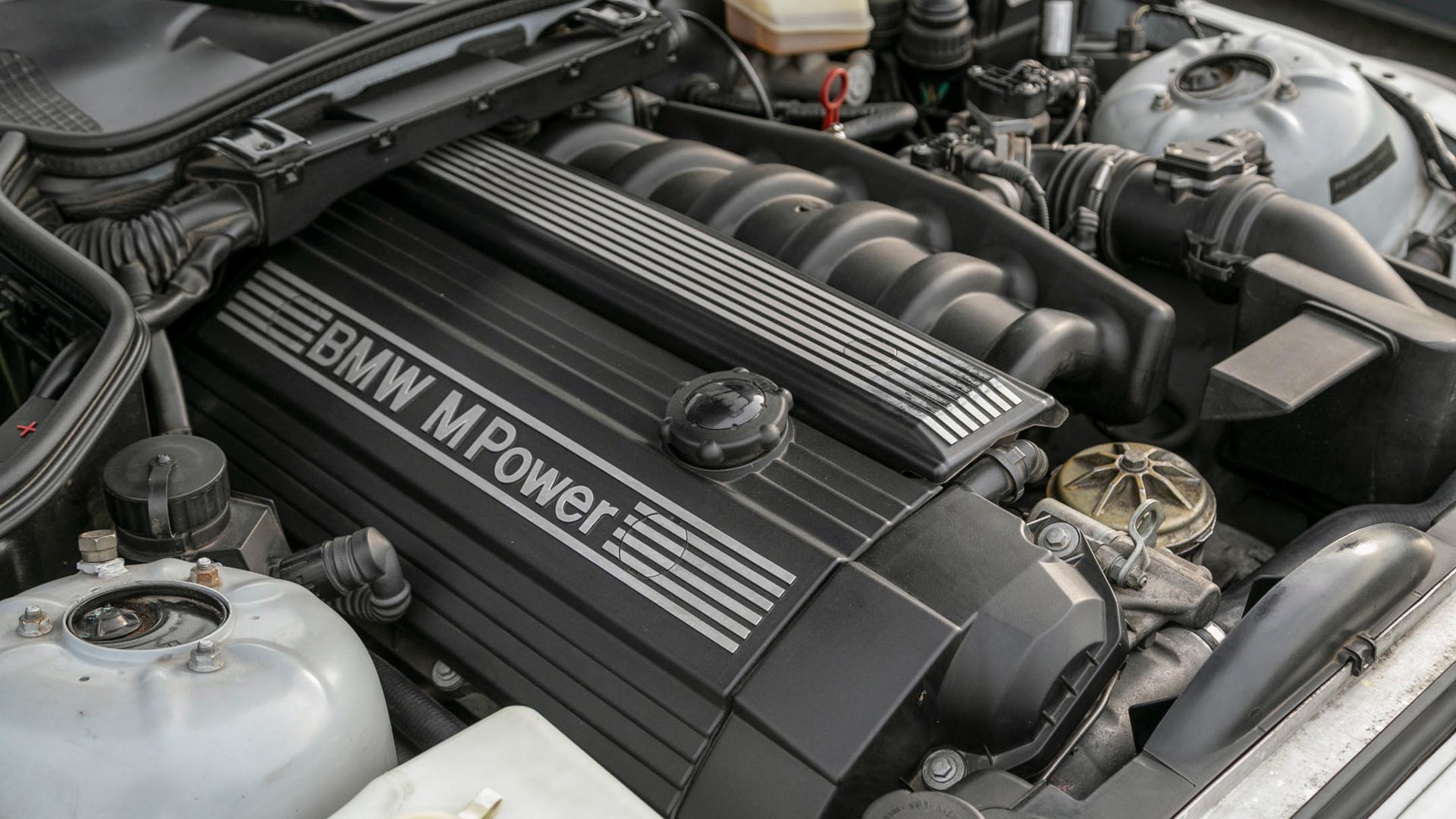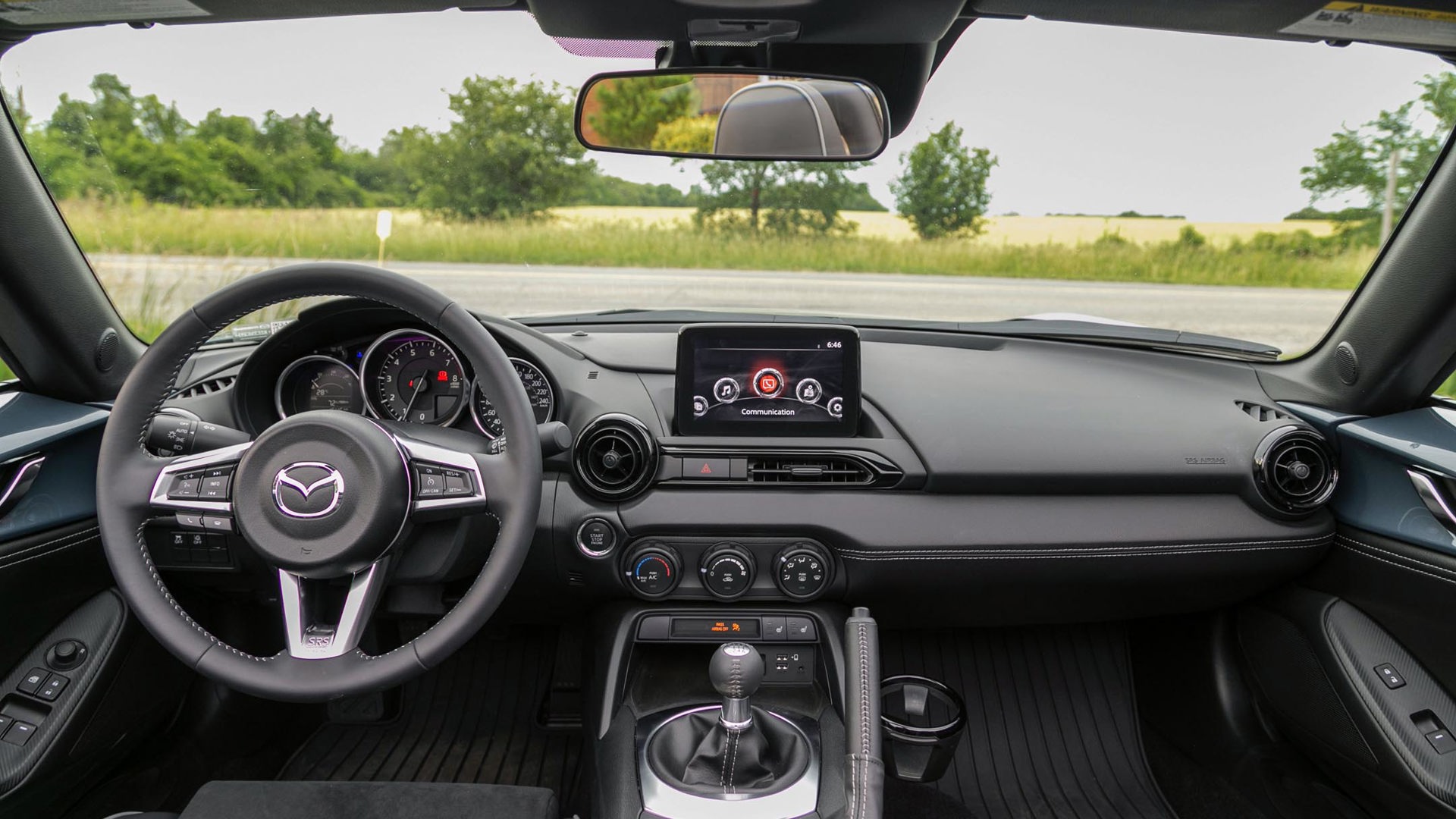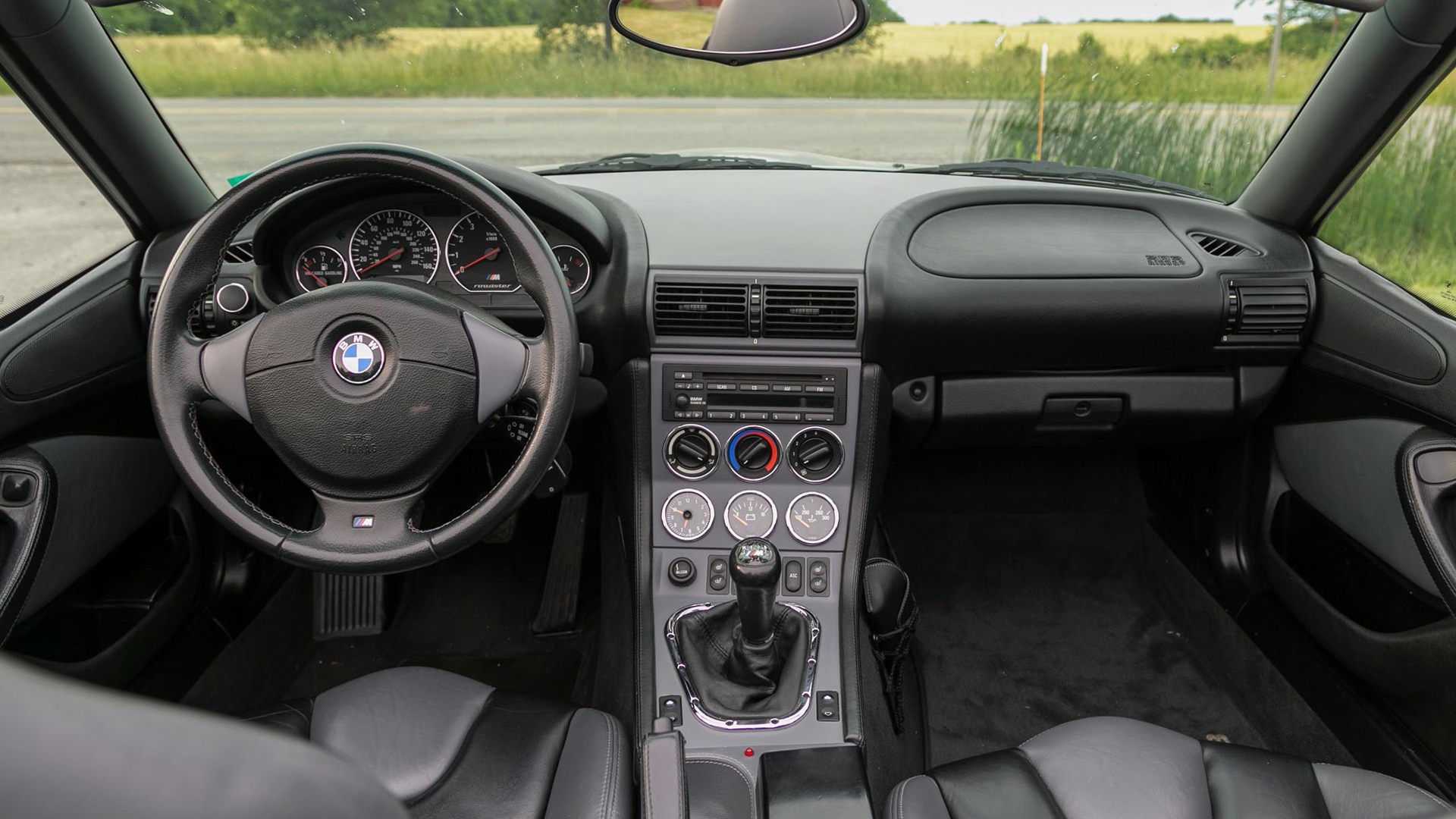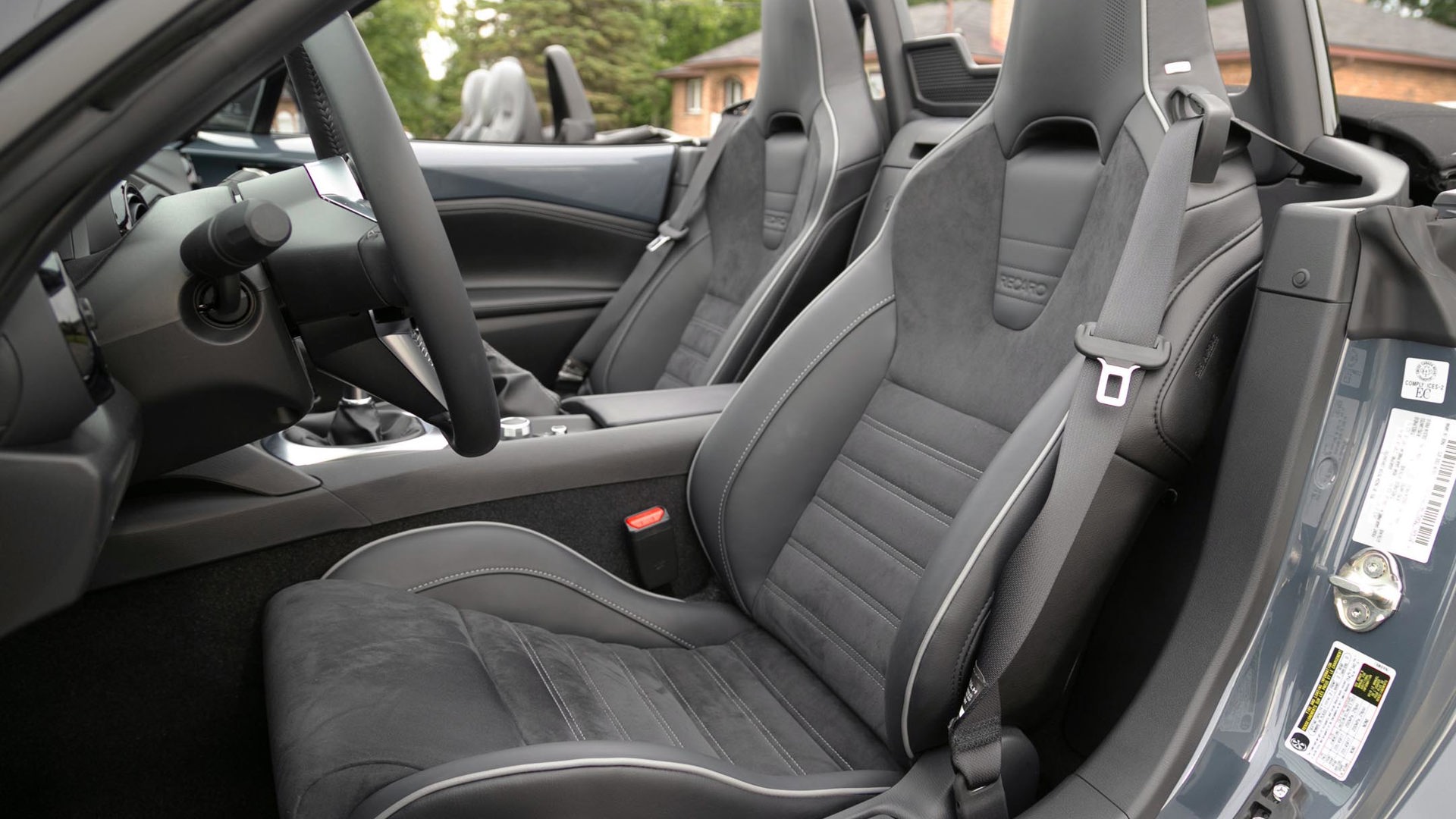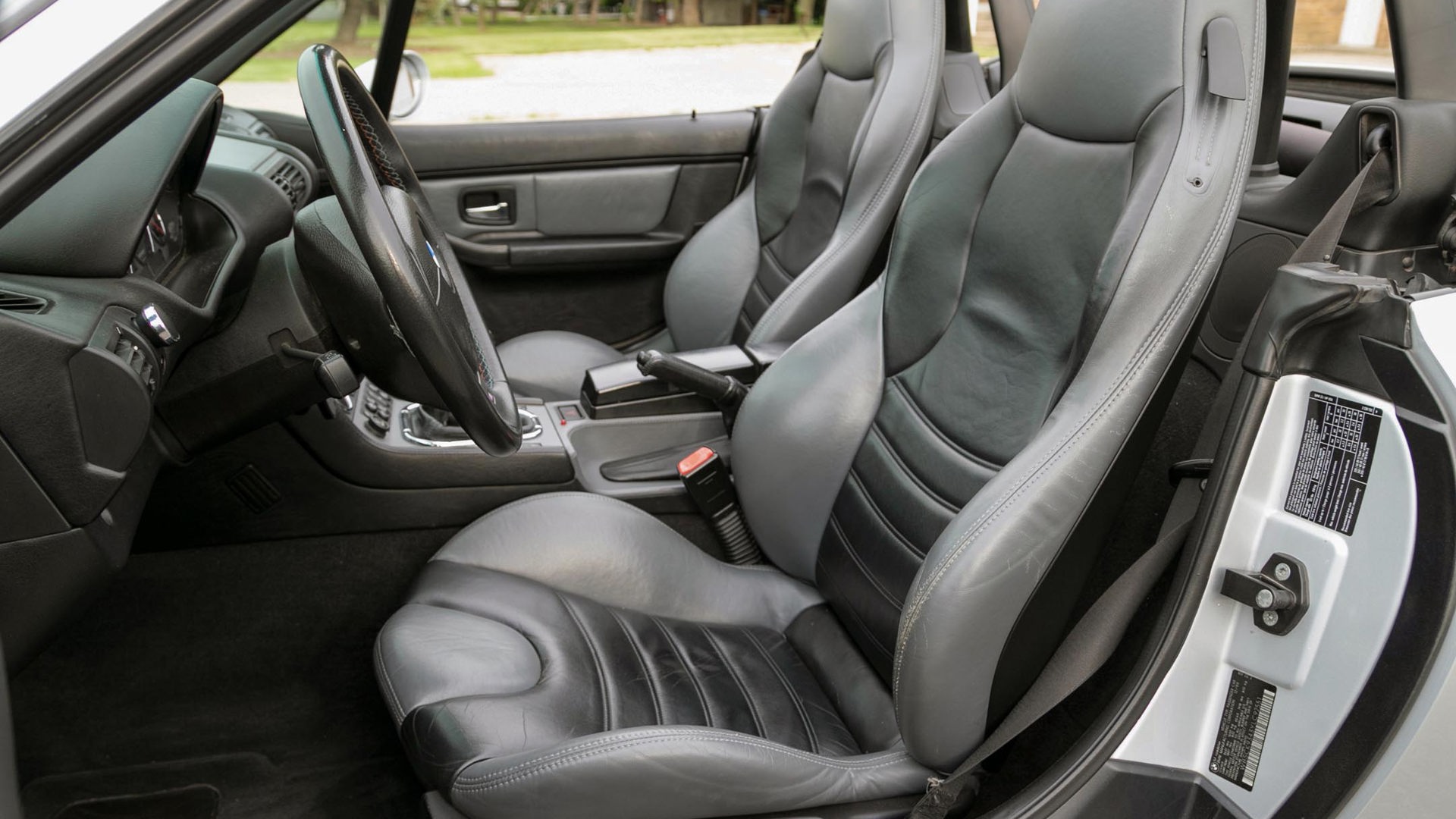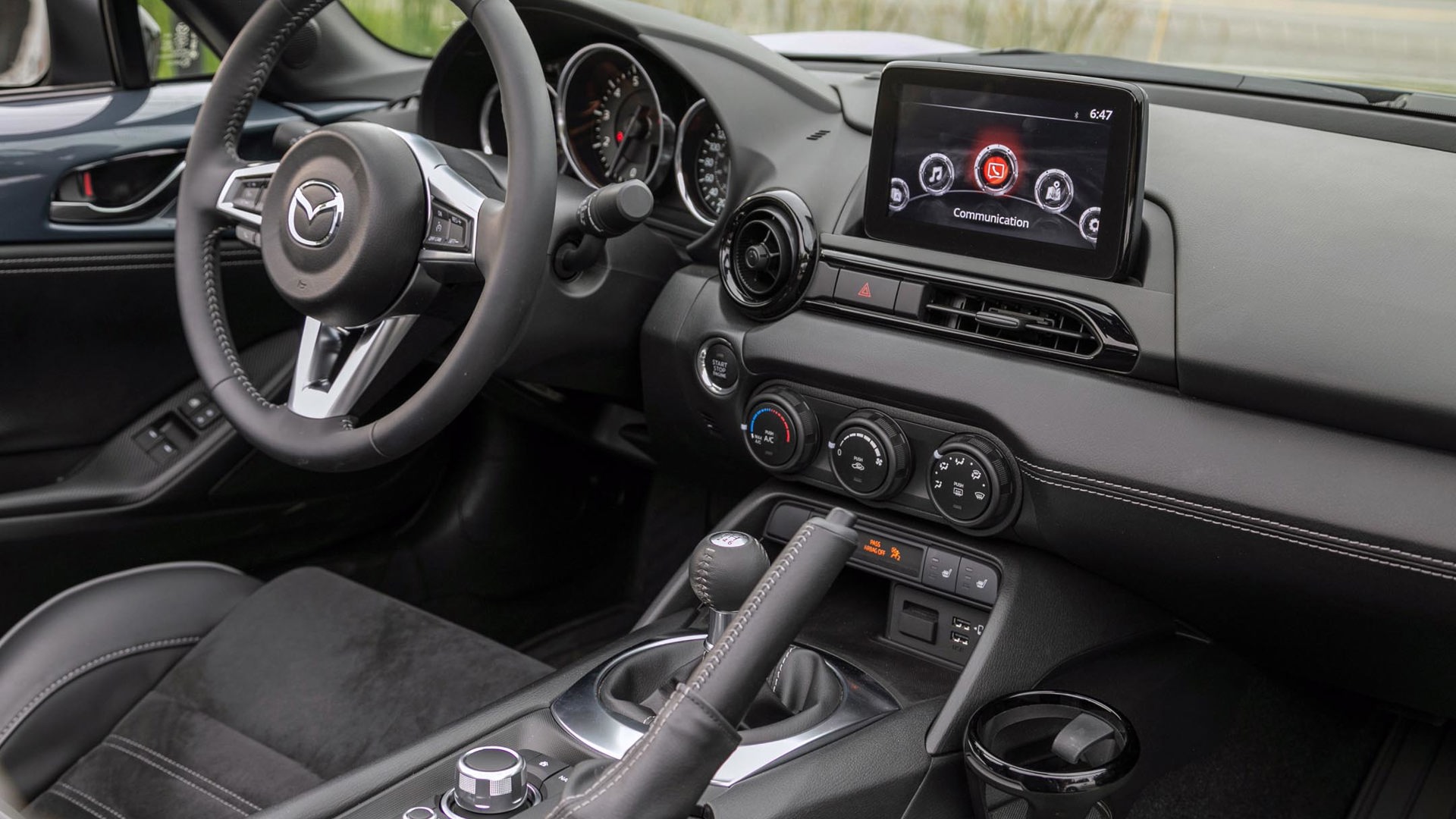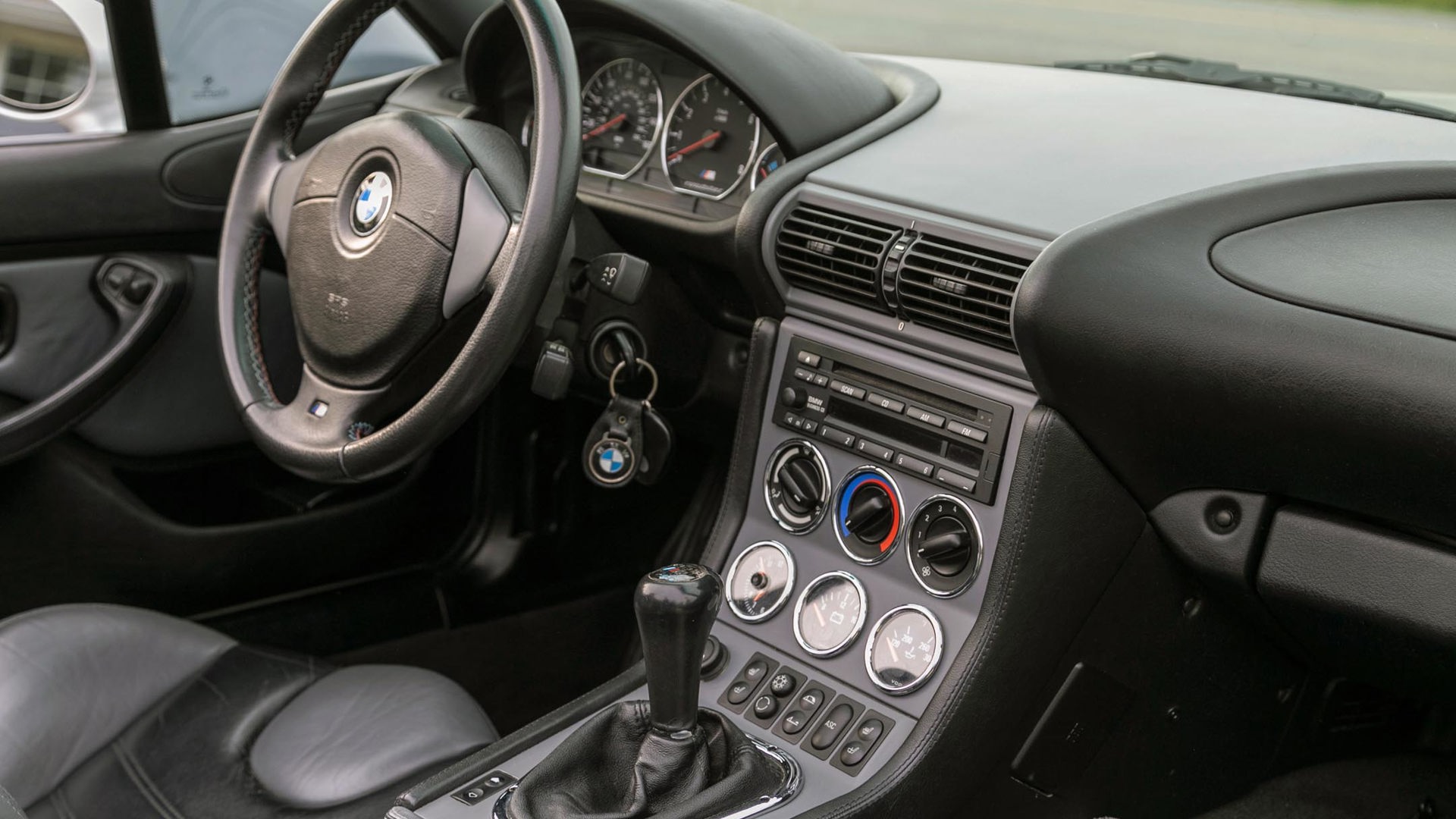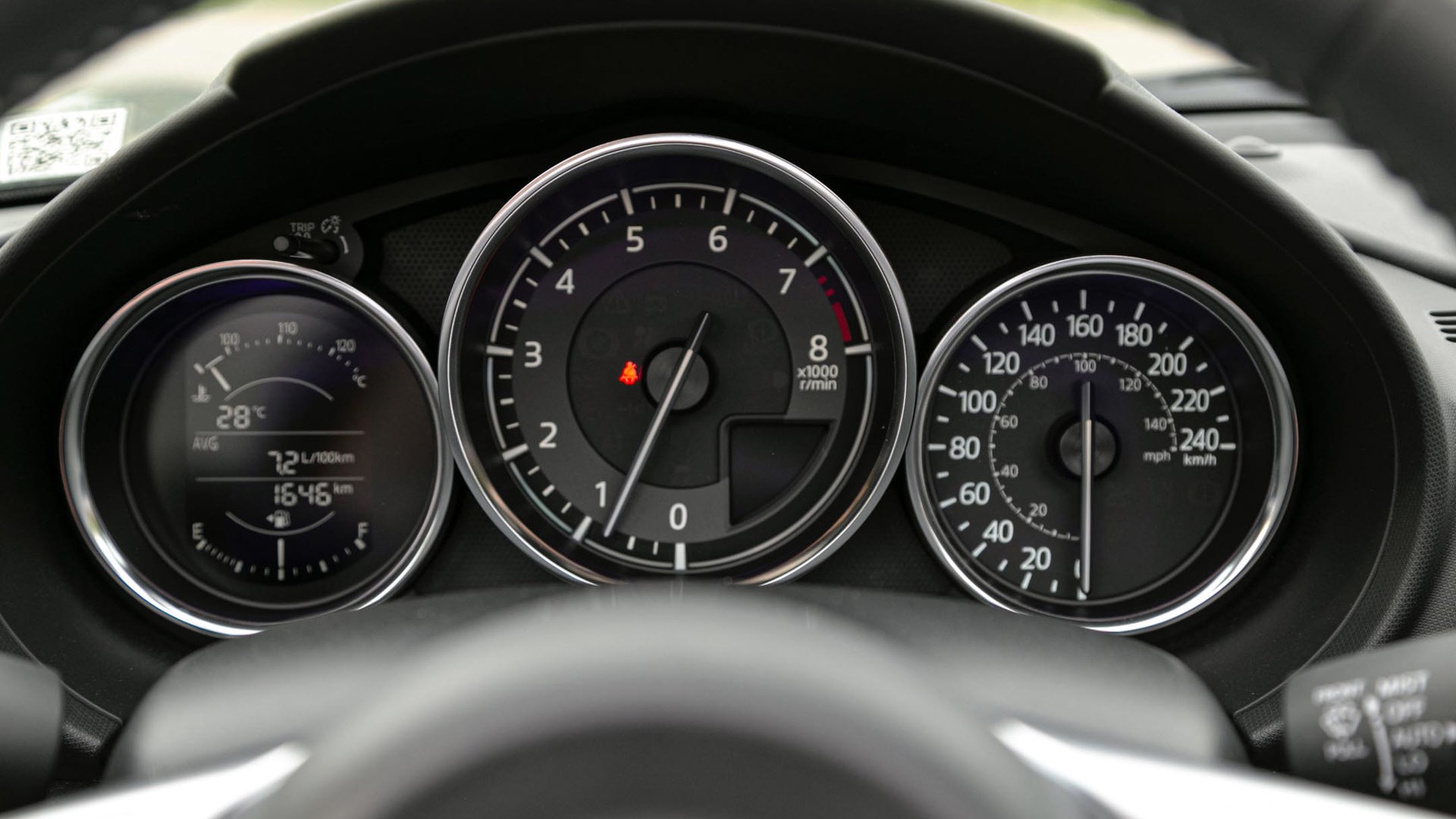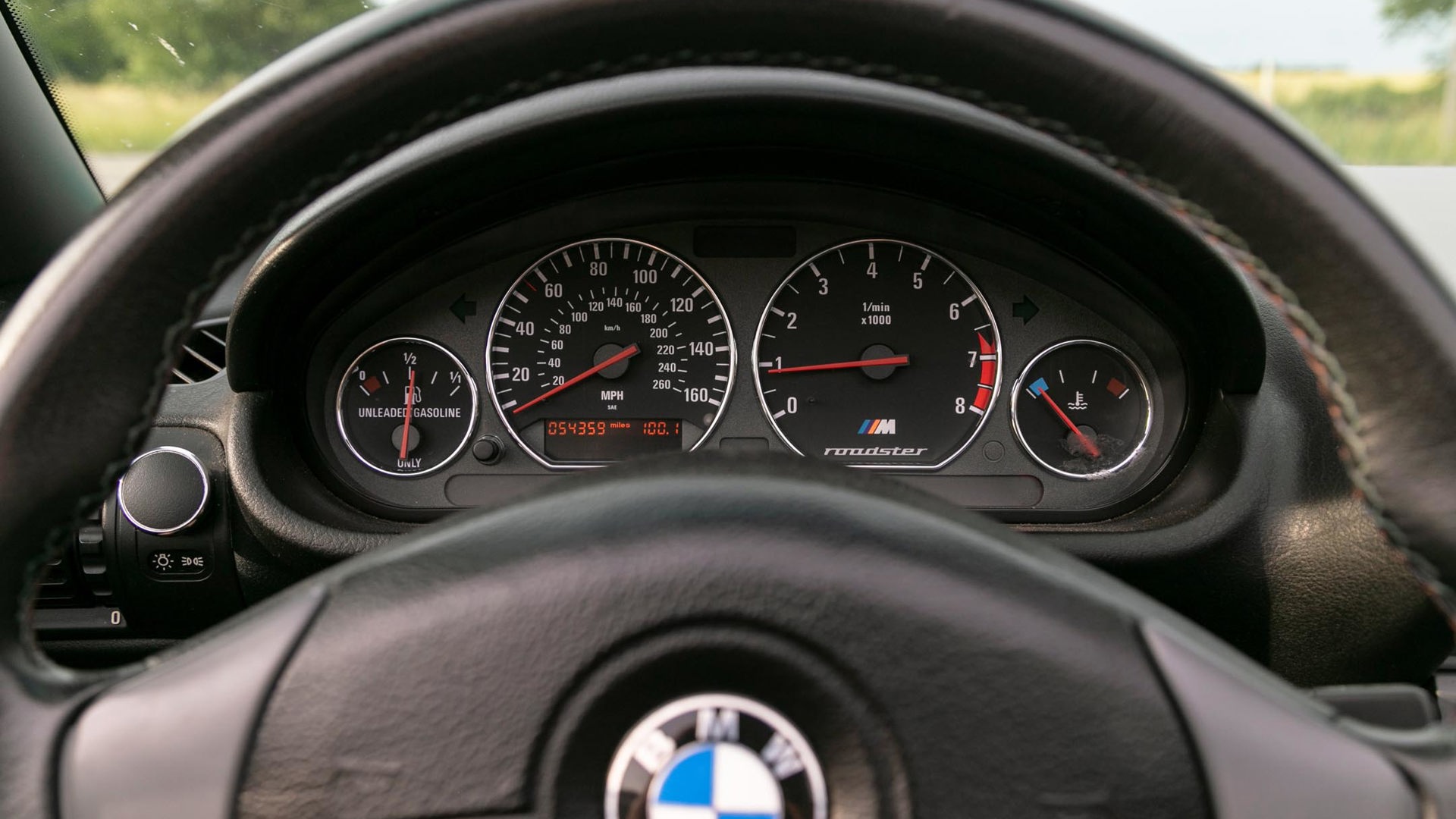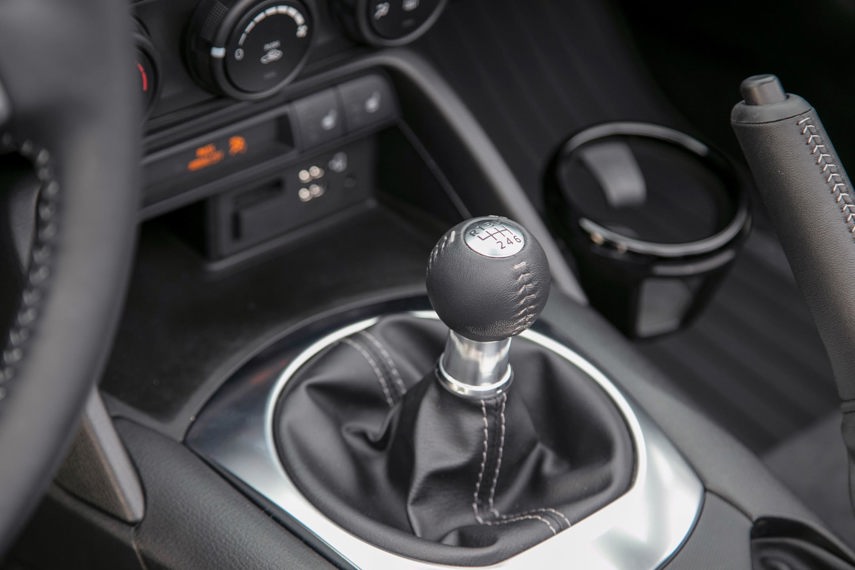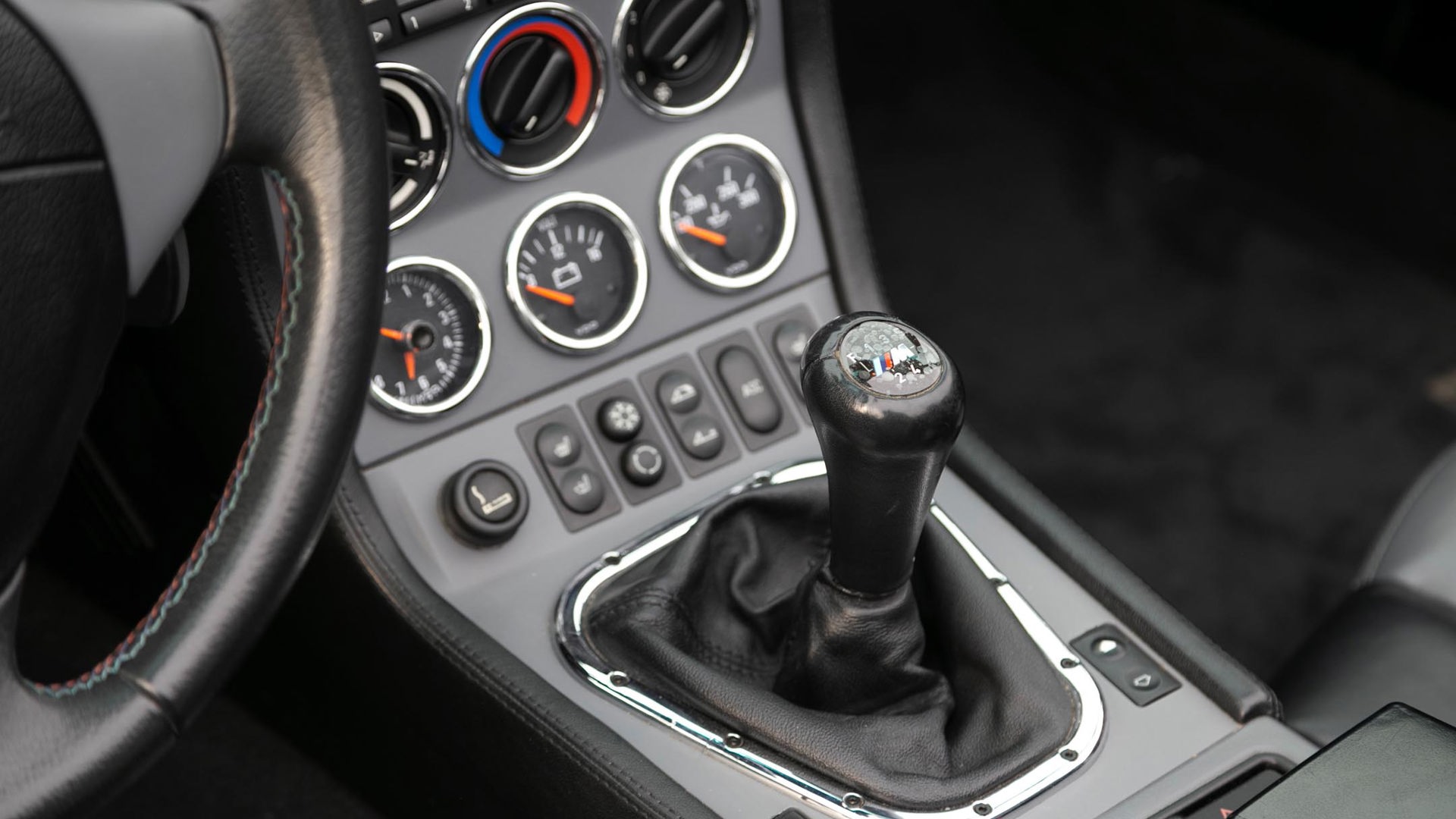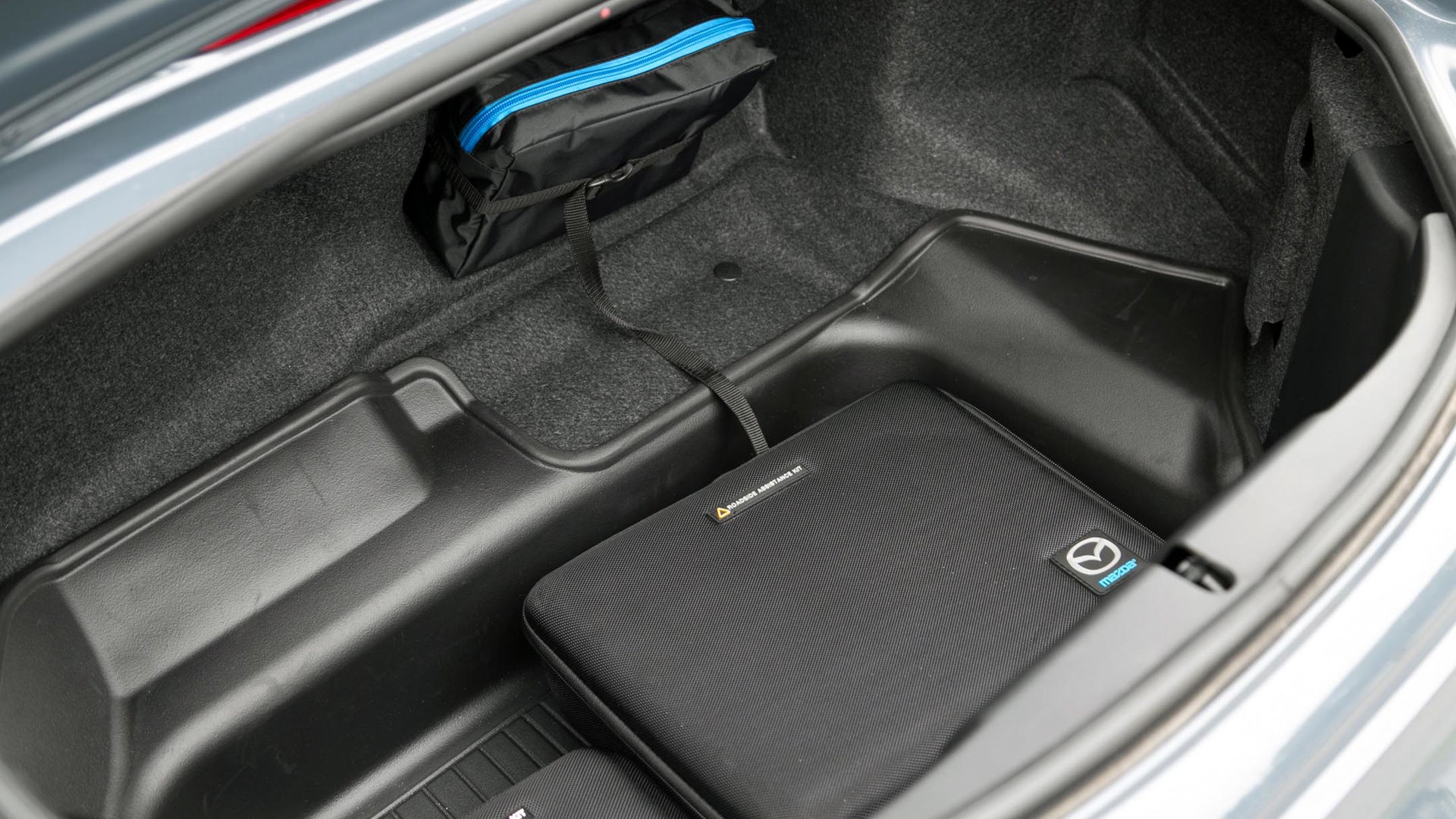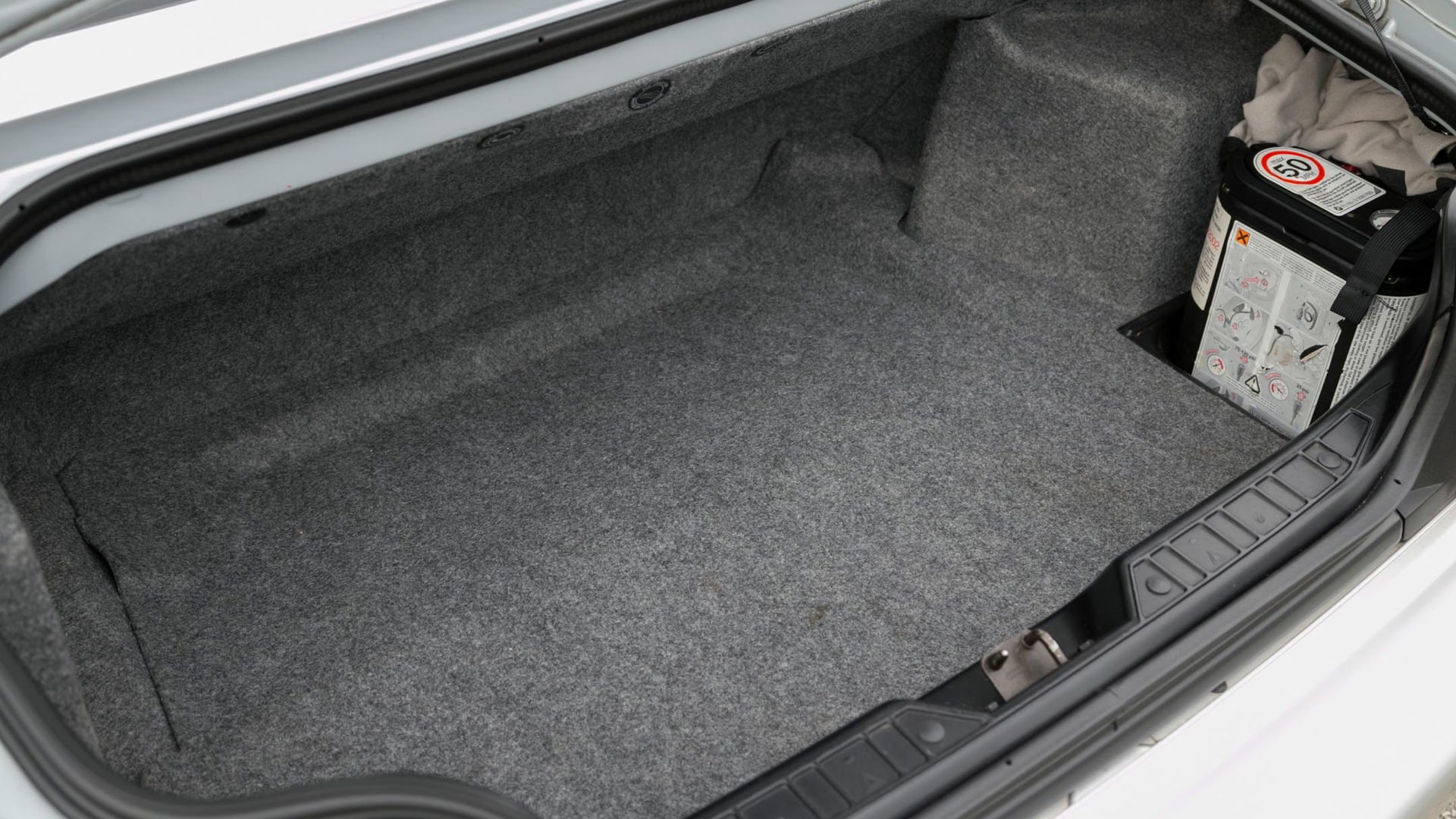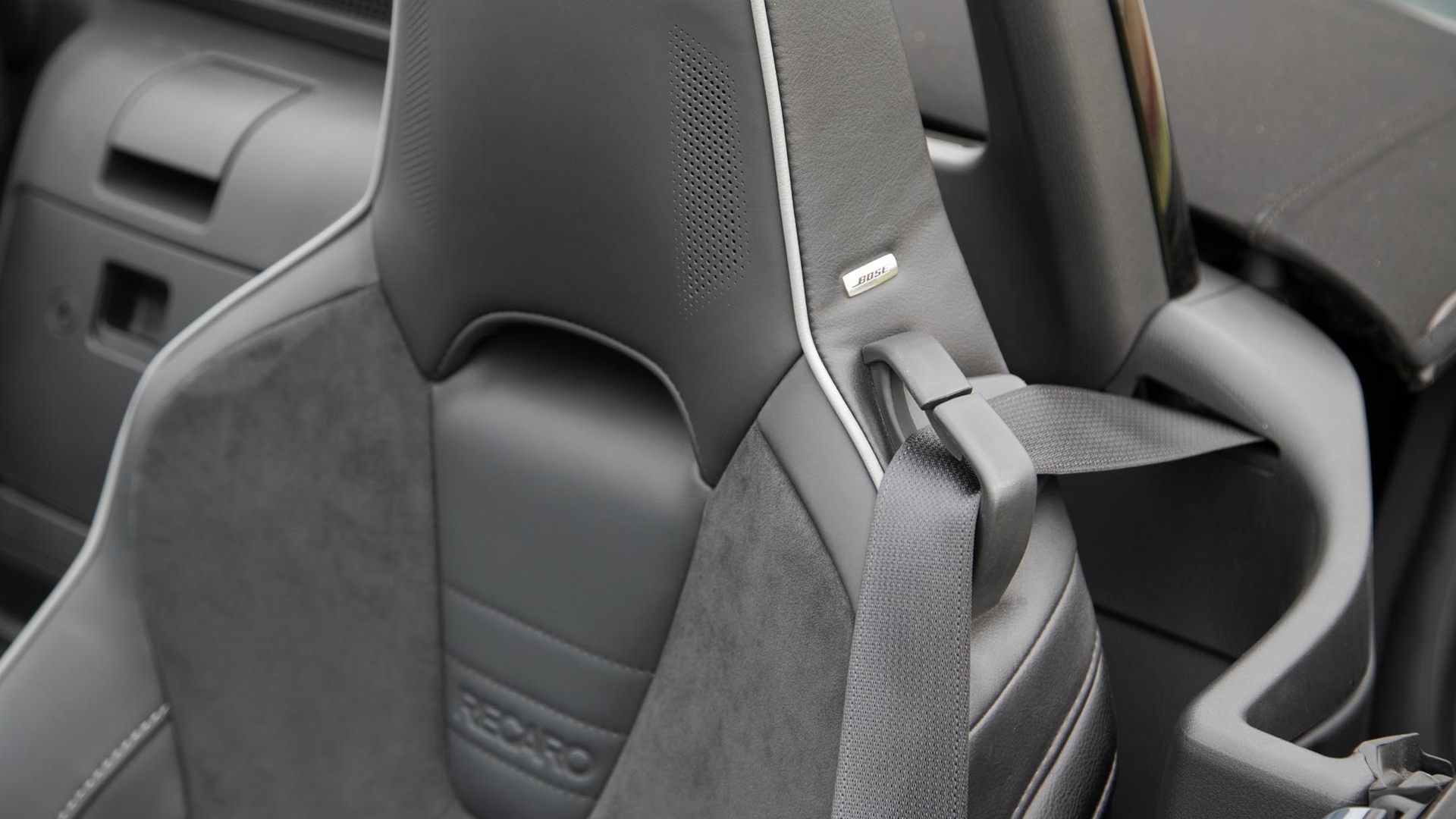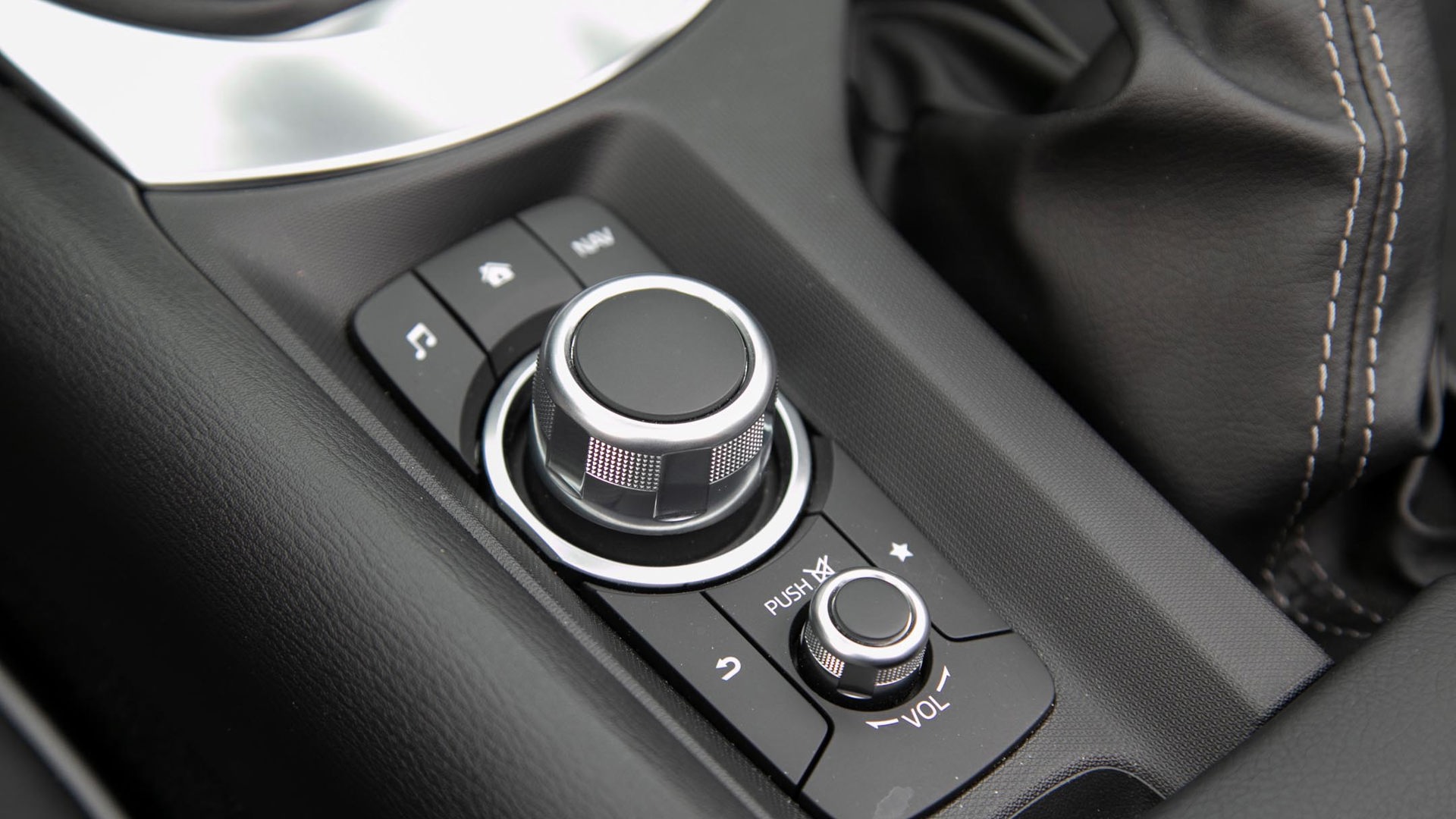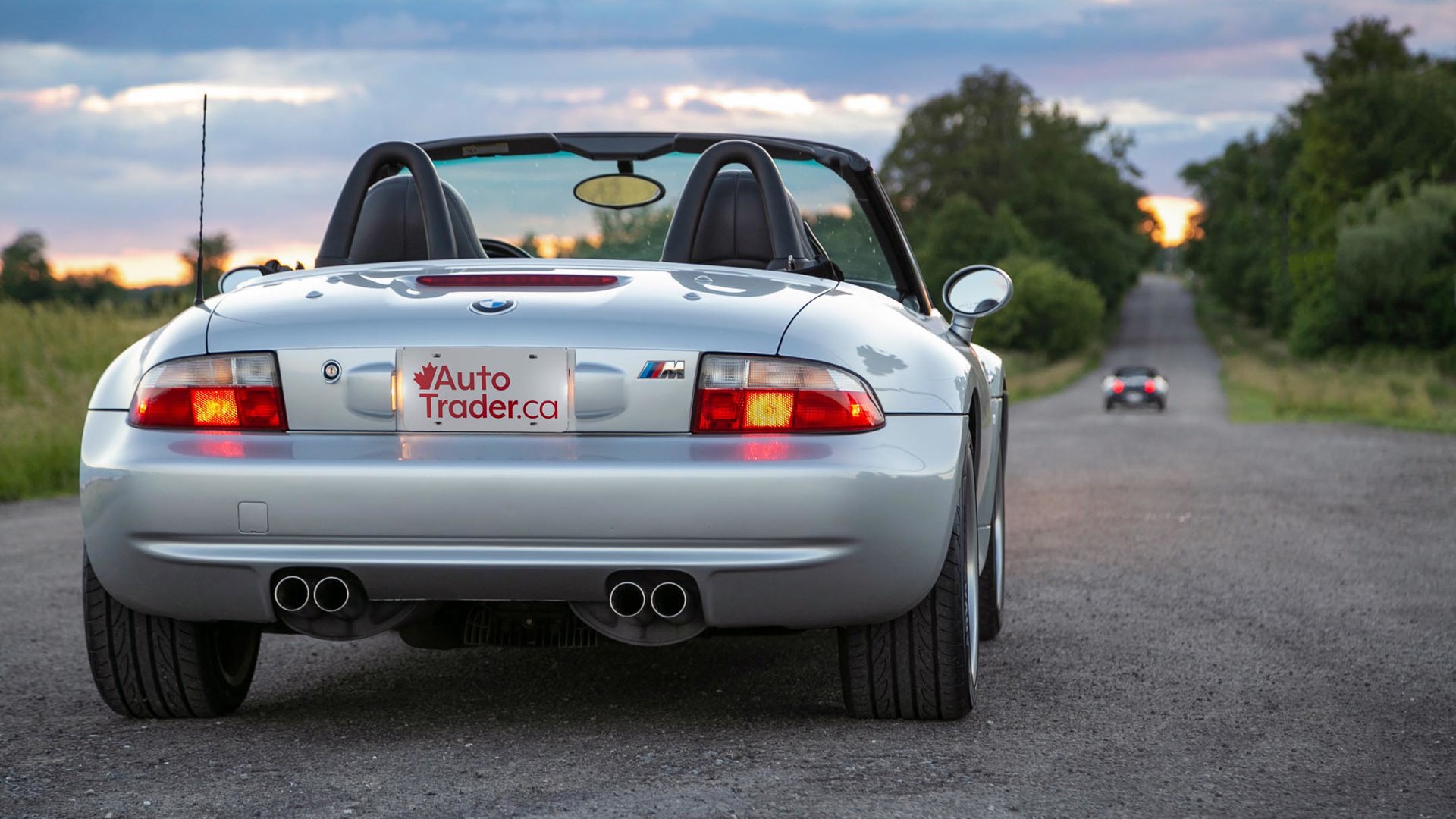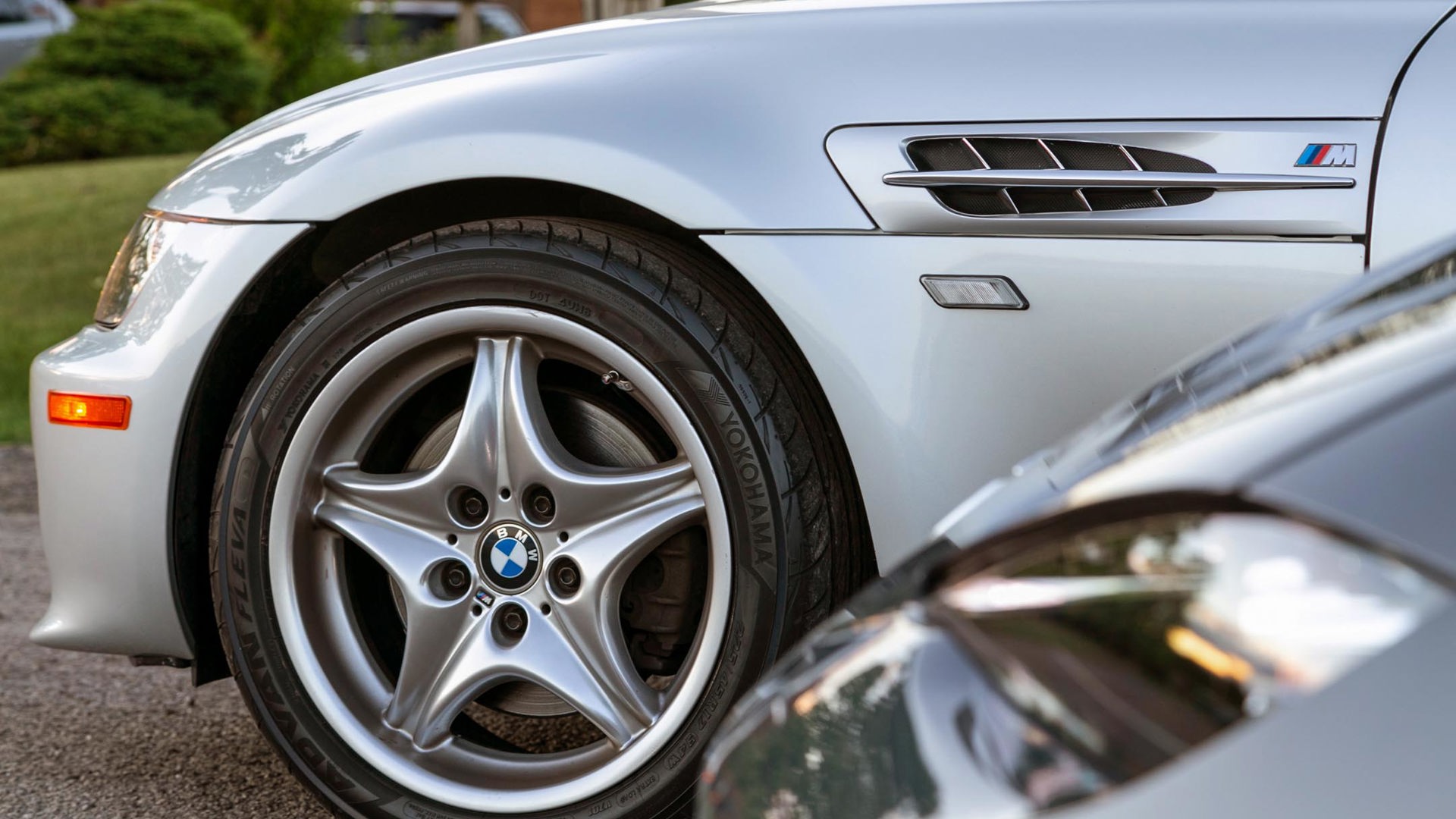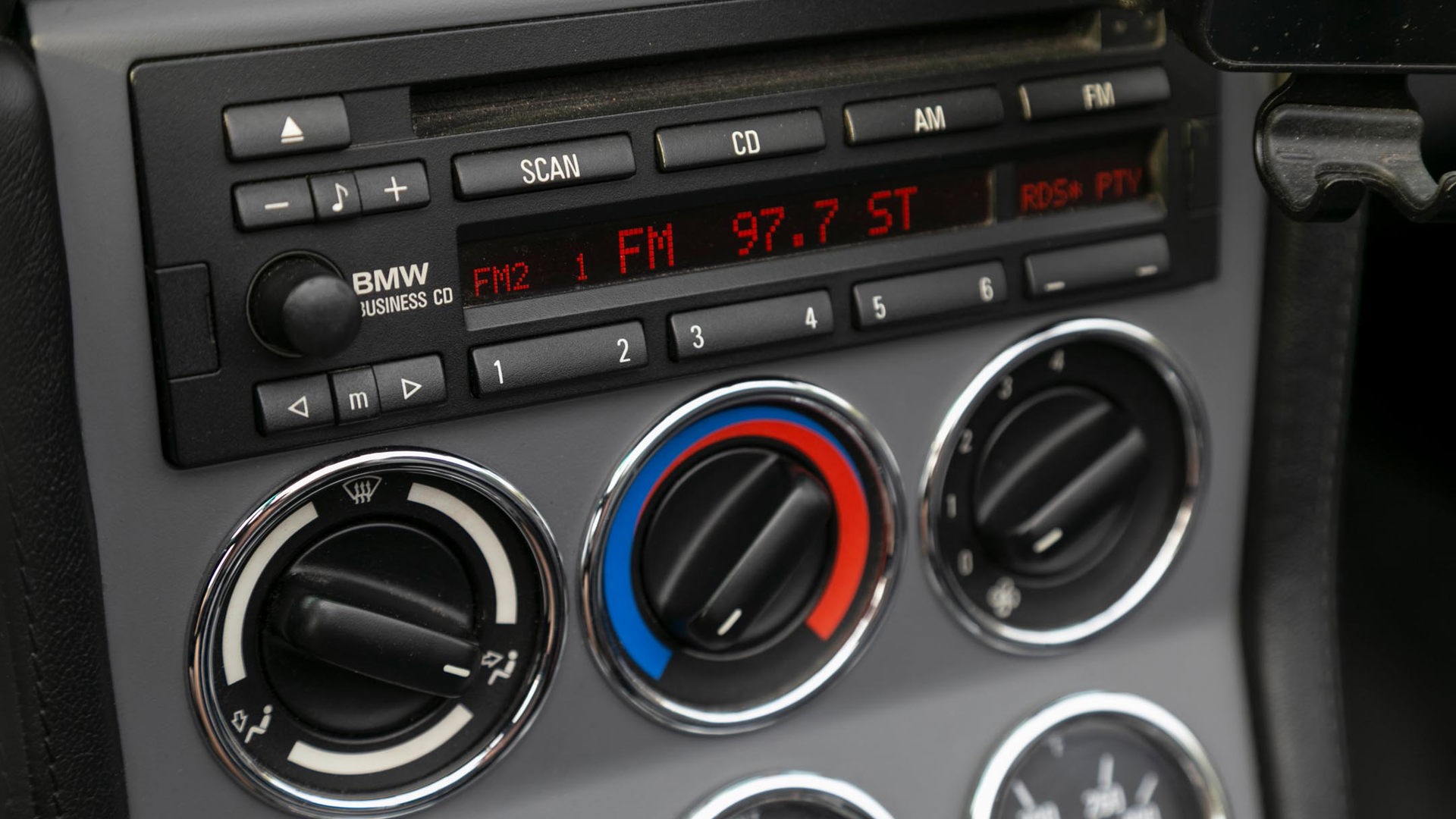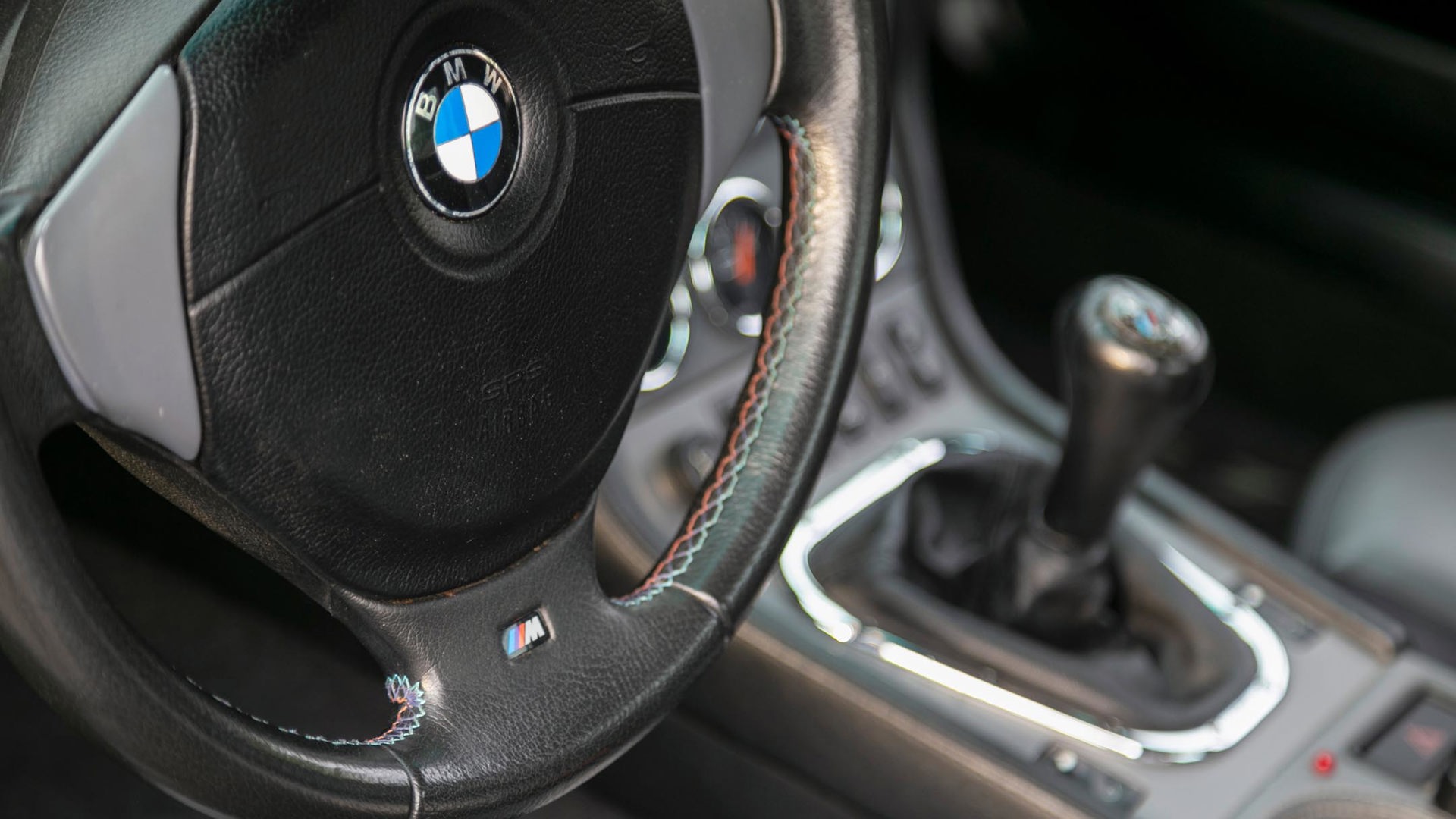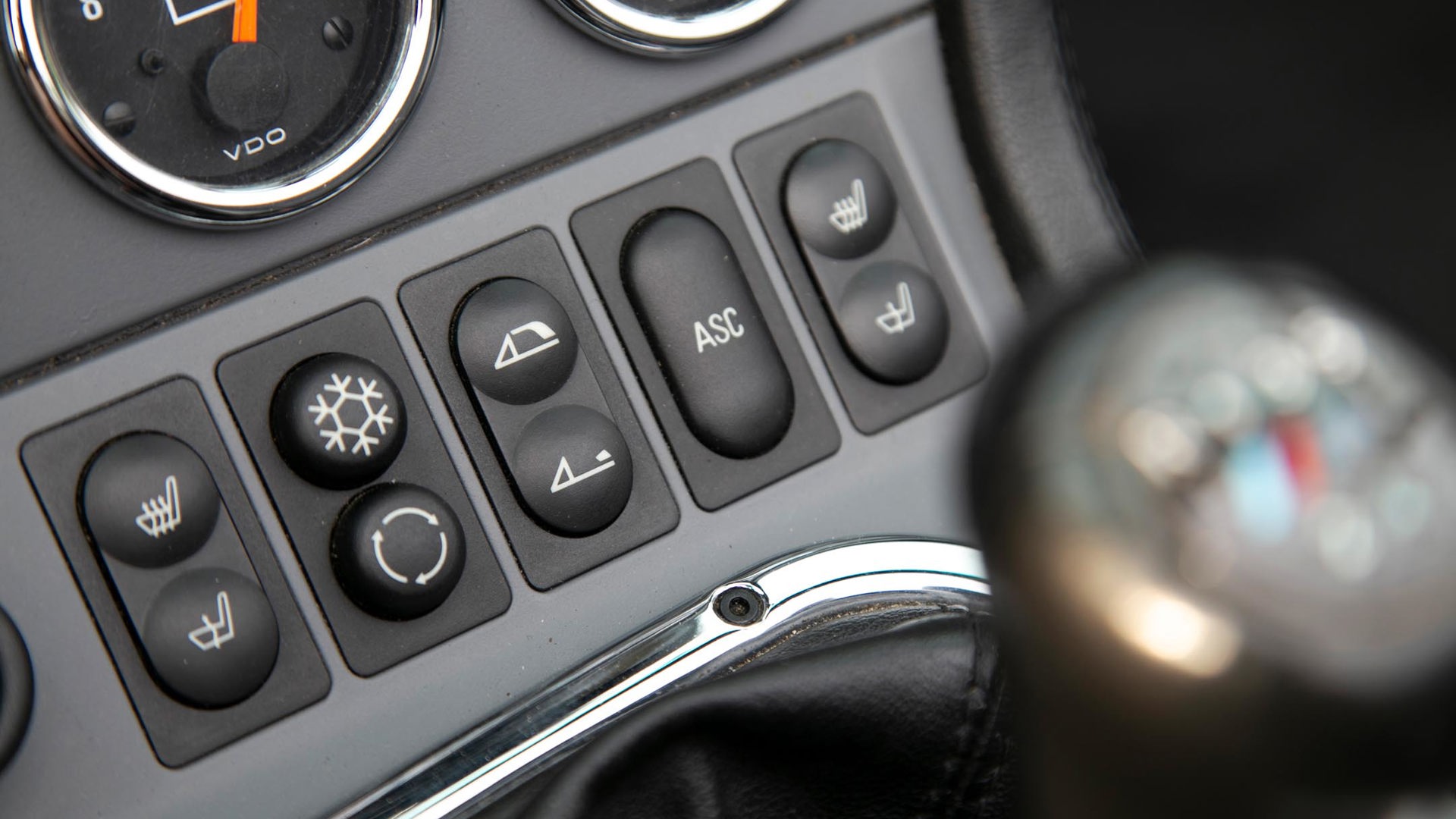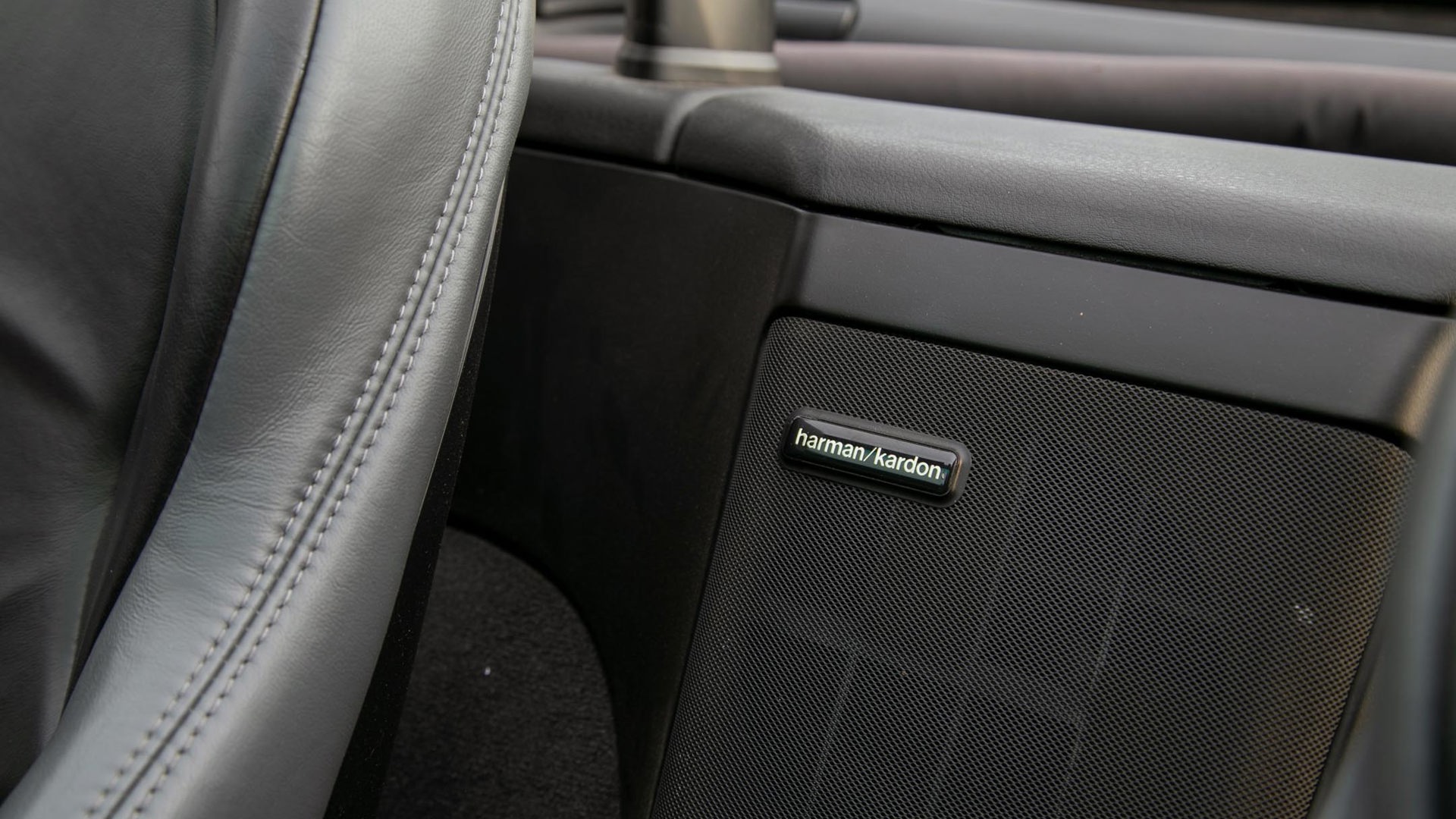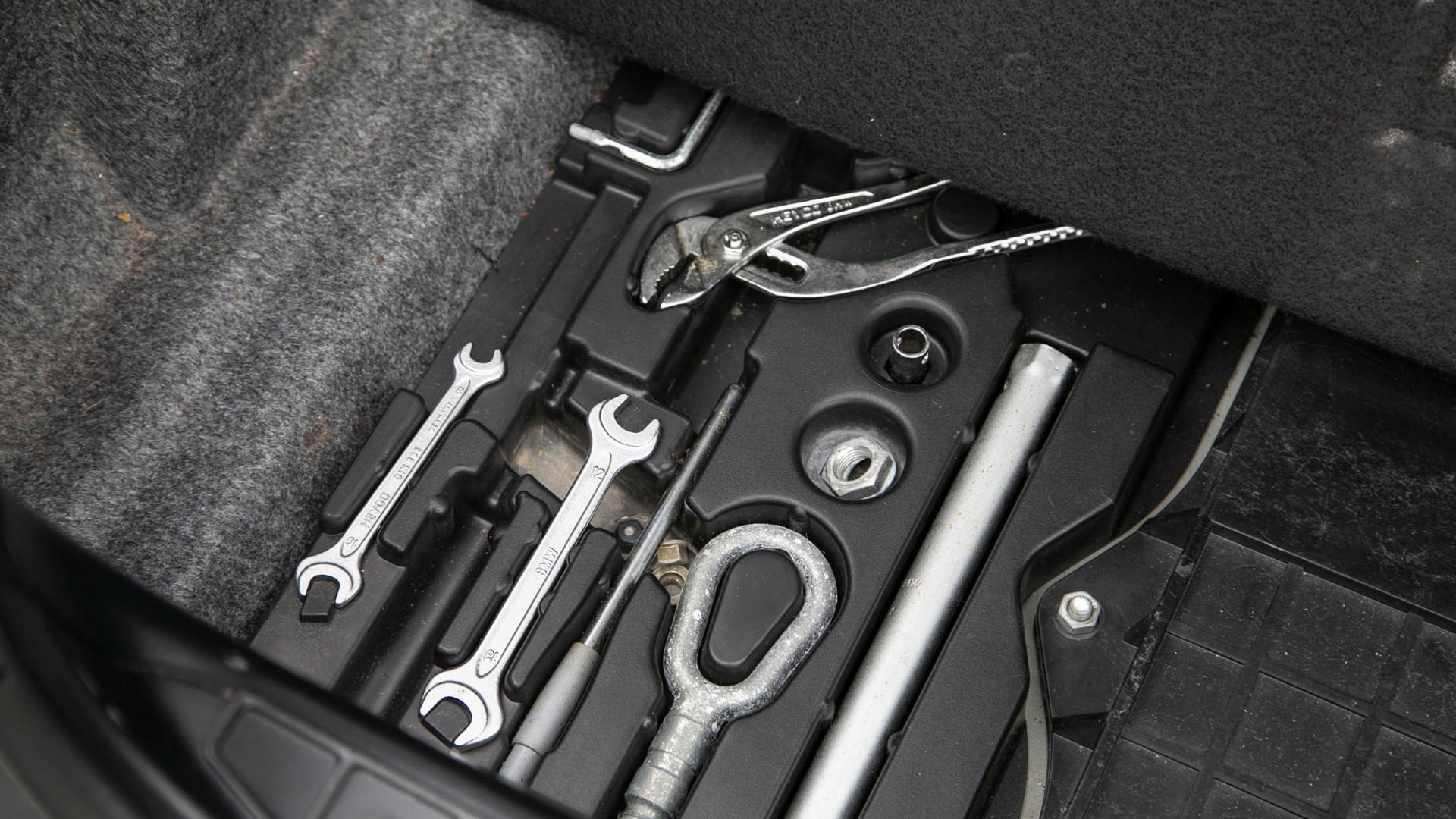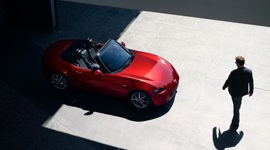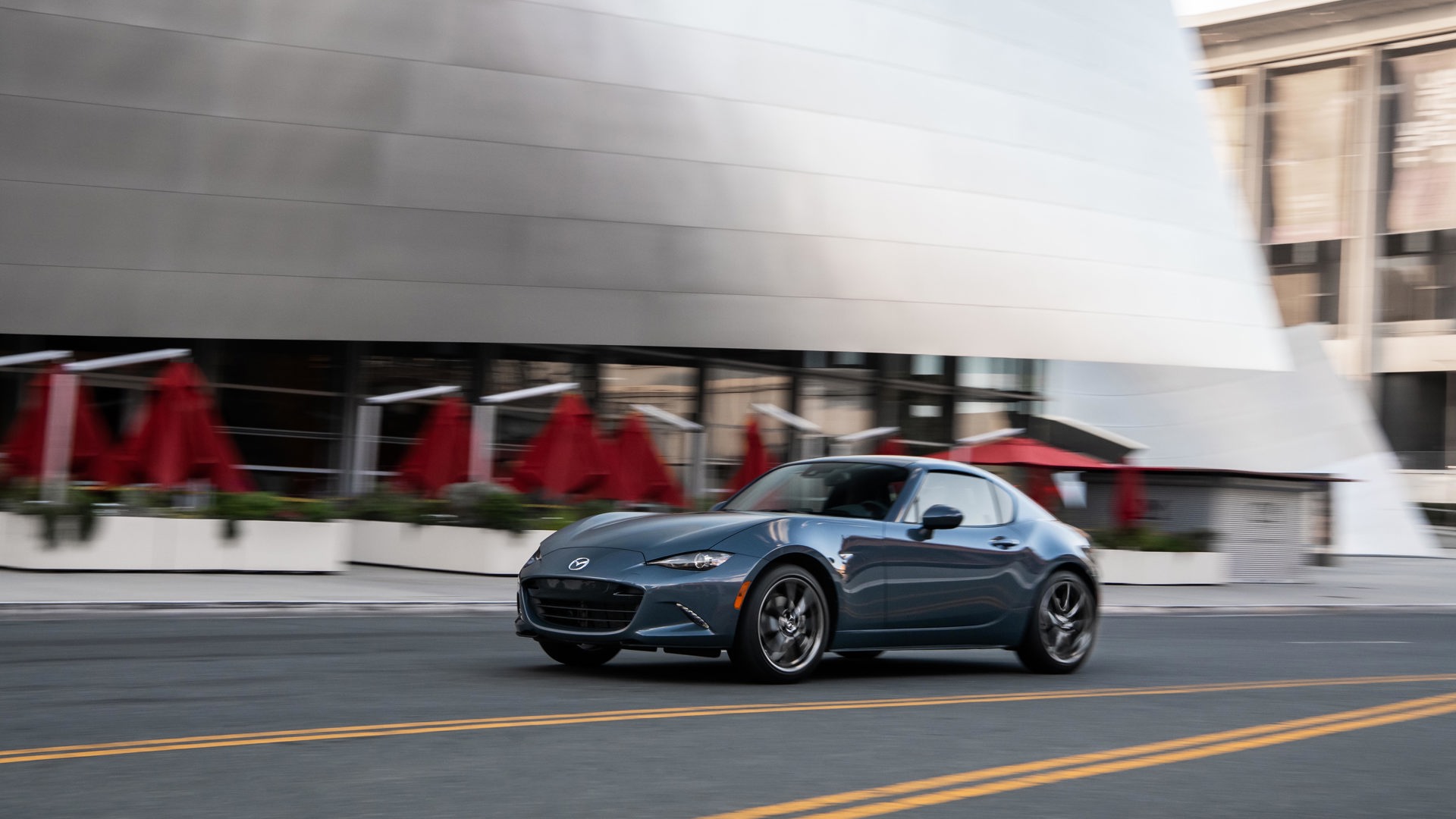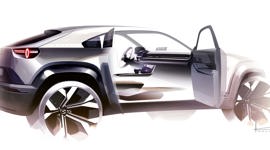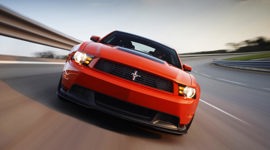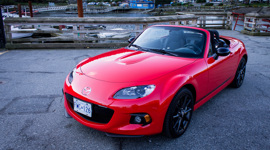Roadsters are meant for sunset drives along a winding coastal road, top down, with your favourite companion beside you. They’re meant for cruising the strip, turning spirited laps, or going for ice cream. They celebrate driving in its purest state and bring freedom and pleasure to one’s life, and I needed one in mine.
As an automotive concept, the roadster – a diminutive two-seat convertible sports car – is about as perfect and universal as they come, with its appeal defying both time and place better than any other. Whether piloting a Delahaye through the French wine region in the 1930s, an MG tearing down an English country lane in the ’50s, or an Alfa Romeo Spider buzzing around Milan in the ’70s, the romance of the roadster has held appeal around the world for decades.
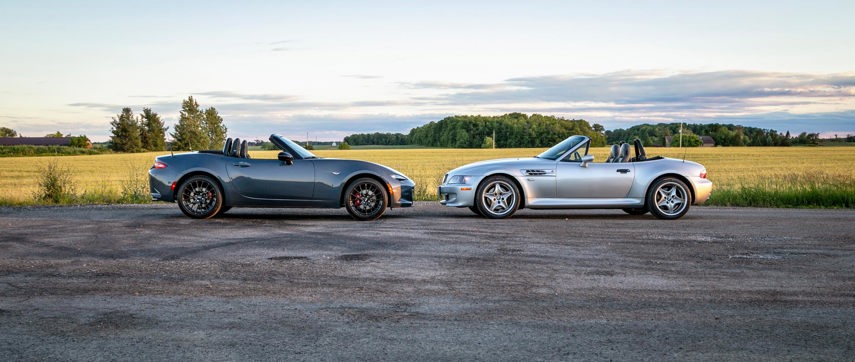
But by the 1980s, playful roadsters that were once so prevalent were rapidly disappearing from roads as four-seat boulevard cruisers – which offered more space and comfort – took their place, until salvation came from a most unlikely saviour: Mazda.
In 1989, the Hiroshima-based company introduced the MX-5 Miata to the world as a reincarnation of the classic British roadster (bearing a strong resemblance to the Lotus Elan), and it became an instant success, selling more than 400,000 units in its first generation alone. Since then, with more than a million Miatas finding happy owners, Mazda’s sports car has become the best-selling two-seat roadster in history.
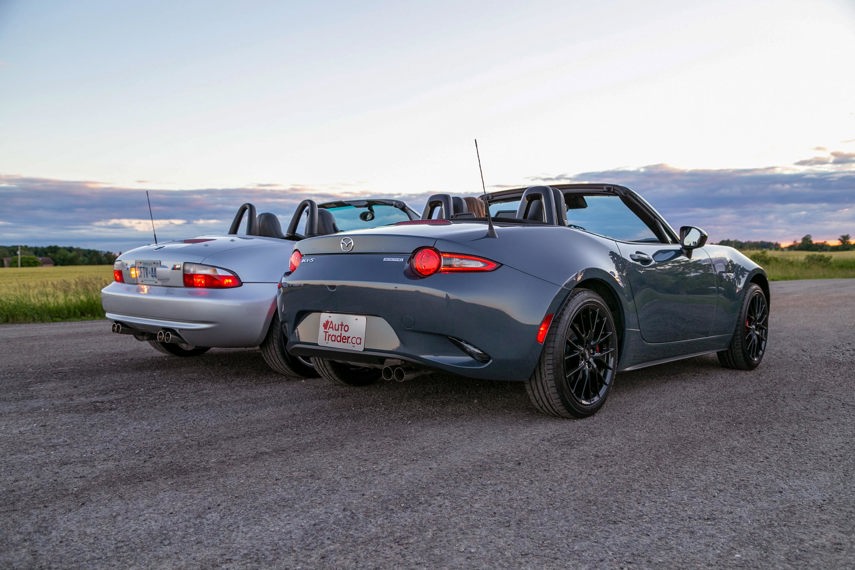
The recipe for the Miata’s success is no secret: it’s simple, lightweight, and fun to drive. But it’s also reliable and affordable – two traits that were revolutionary at the end of the ’80s.
The fourth-generation Mazda MX-5 has dropped the Miata moniker, but everything else that made every earlier Miata so great lives on. At less than 1,100 kg, Mazda’s engineers have done an amazing job of keeping the MX-5 incredibly light, especially considering all the modern safety features and technology we’ve come to expect in contemporary cars.
As the MX-5 has improved over the years, its price has understandably increased, too. In 1990, a new Miata was less than $19,000, which, corrected for inflation, works out to $33,000 today. The new MX-5 GS-P tops $43,000, though, and it’s not even the priciest MX-5 you can buy.
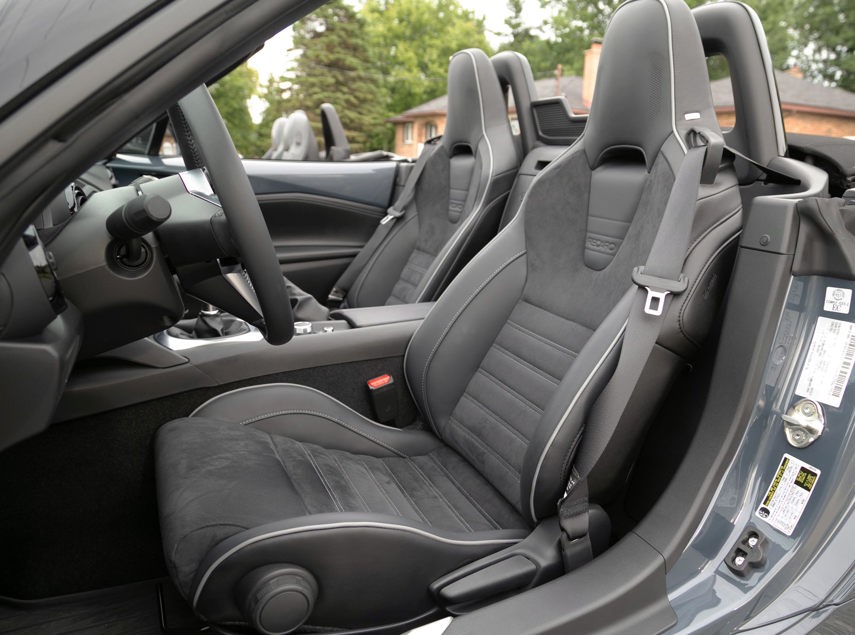
I had an MX-5 before and loved it, but $40,000 is a lot of money to tie up in an impractical, depreciating machine designed solely for seasonal, hedonistic pursuits, and I set my limit at half that amount and started poring over AutoTrader.ca listings. There’s no shortage of suitably interesting machines for less than $20,000, from Porsche Boxsters to Chevrolet Corvettes, and of course, used Miatas, but with some patience and luck, I snatched up a 21-year-old BMW M Roadster – a car I’ve always loved.
Based on the Z3, which was introduced for 1996 as James Bond’s ride in GoldenEye, the little four-cylinder BMW was a costlier alternative to the Miata without much performance gain. In ’97, the 2.8L inline-six-cylinder engine from the 3 Series gave a bit more kick and bigger hips, and a year later, the M3’s larger I6 finally made its way in and the M Roadster was born. The M’s wider rubber and starfish-like deep-dish wheels, M-specific (fake) fender vents, and a quartet of tailpipes are the defining visual cues of this most special Z3.
Like many enthusiasts, I applaud the hotrodder approach to stuffing the largest engine that’ll fit in the smallest cars, and if not quite a baby Cobra, the M Roadster might at least be considered an update on the Sunbeam Tiger theme.
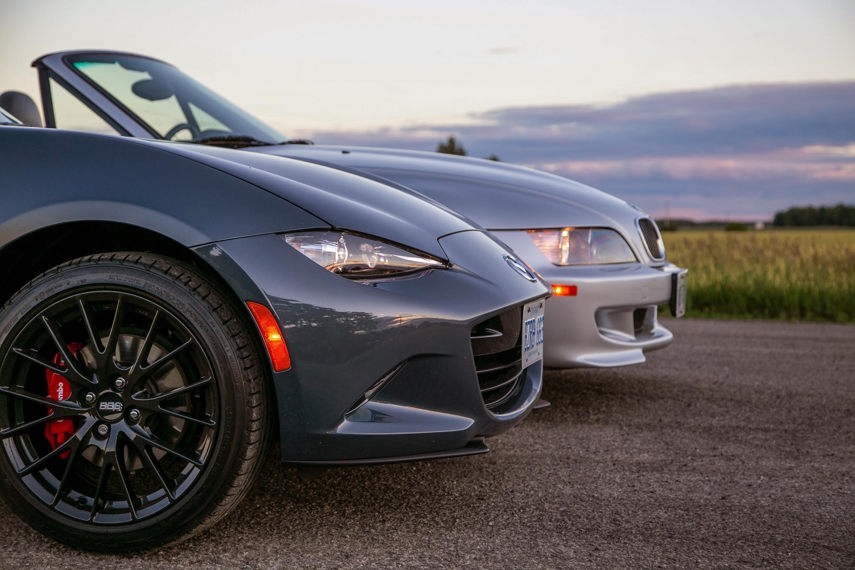
Dimensionally, the Bimmer barely overshadows the tiny Mazda, yet offers a notably different driving position. You sit down in the MX-5, whereas the lower beltline on the M makes the driver feel much more exposed to both the elements and other traffic. The MX-5’s optional Recaro seats are excellent, finished in faux suede and with aggressive bolstering, they keep the driver and passenger exactly where they’re supposed to be, even during very hard cornering. The M Roadster’s leather seats, despite 20 years of use, are holding up well, still offering plenty of support, although the passenger-side seat rocks on its rails – a trait my wide-eyed son pointed out to me the first time we went tearing around some back roads. I’ll get around to fixing it someday.
In an era of digital displays, both of these roadsters are refreshingly true to tradition with dominant white-on-black tachometer and speedometer gauges. While the MX-5 is a great replication of the classic roadster, there’s no denying it’s got a few decades of extra tech on board compared to the M Roadster, highlighted by a dash-top infotainment protuberance, serving as the access point to smartphone connectivity, and available satellite radio and on-board GPS.
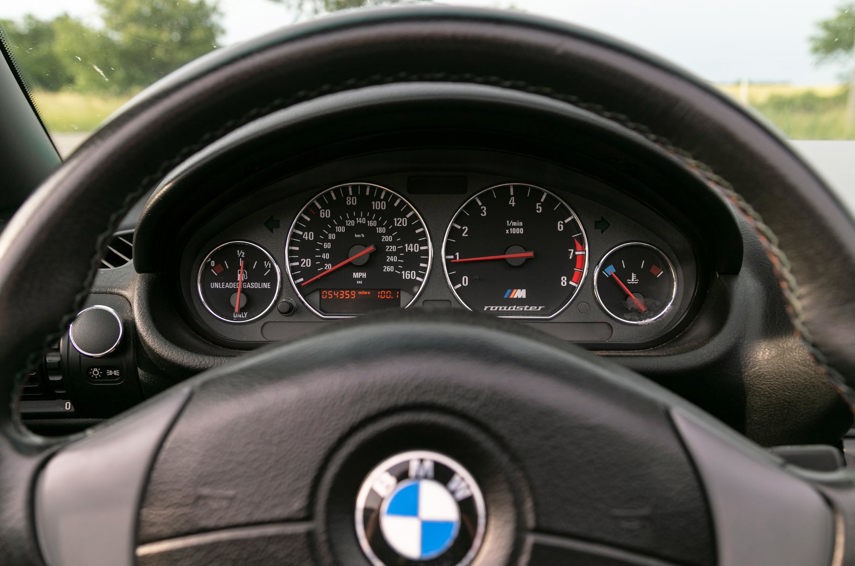
Meanwhile, the BMW’s centre console features a trio of old-school analogue gauges, and the infotainment system consists of a single-disc CD player and a tattered road map in the glove box. Both cars have manual climate control and heated seats for those chilly nights with the top down.
Where the M Roadster’s powered top requires a pair of clamps to be released, and the driver to push the top up the first several inches, the motor quickly and quietly puts the top back behind the seats, as long as the driver has their foot on the brake. The MX-5’s manual top could not be simpler and after unlatching a single clamp, the perfectly balanced mechanism allows the top to drop into place with minimal effort and raising it is equally easy. The Mazda top also features a heated glass rear window, which is great for crummy weather, but the much larger plastic window in the BMW, while prone to fading, makes for notably smaller blind spots.
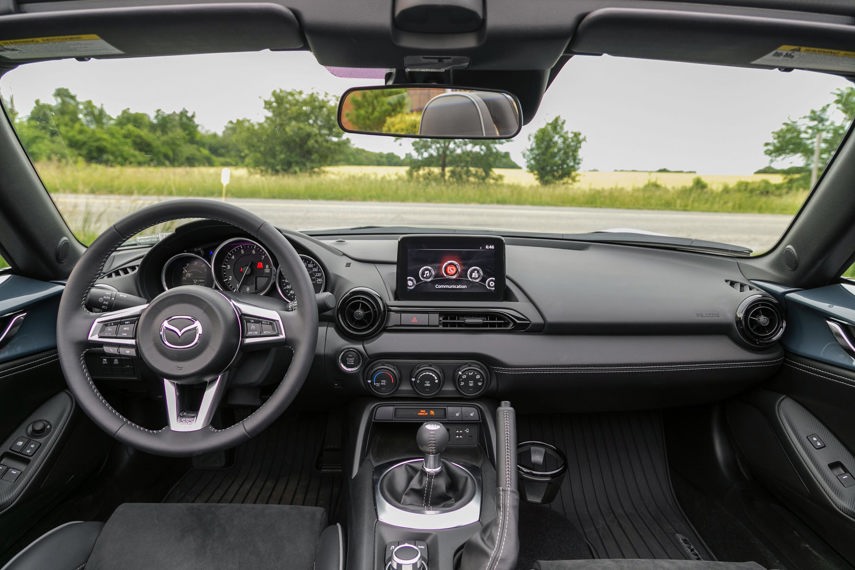
The MX-5’s suspension is notoriously soft, offering a surprising amount of body roll for a modern sports car. It doesn’t hurt the Mazda’s sensational handling, but drivers accustomed to modern performance cars may be surprised by it. It also means the ride is far more compliant than expected, a trait shared by the M Roadster, especially given how punishing the ride quality is in most modern performance Bimmers.
The Z3 was developed as a parts-bin car with plenty of bits pillaged from both the E36- and E30-era 3 Series. The M Roadster came with different spring rates and stiffer shocks than the lesser Z3s, but considering it was the pinnacle of BMW’s two-seat sports cars of the era, the amount of body roll, squat and dive is shocking. My car wears a set of sticky new Yokohama Advan Fleva V701 tires that offer tremendous grip, but the short wheelbase and roly-poly body motions mean the car can be an unsettled handful when transitioning between consecutive corners at speed. It’s an exciting and fun machine but it requires a driver’s attention when hustled, lest the rear try to overtake the front at an inopportune time.
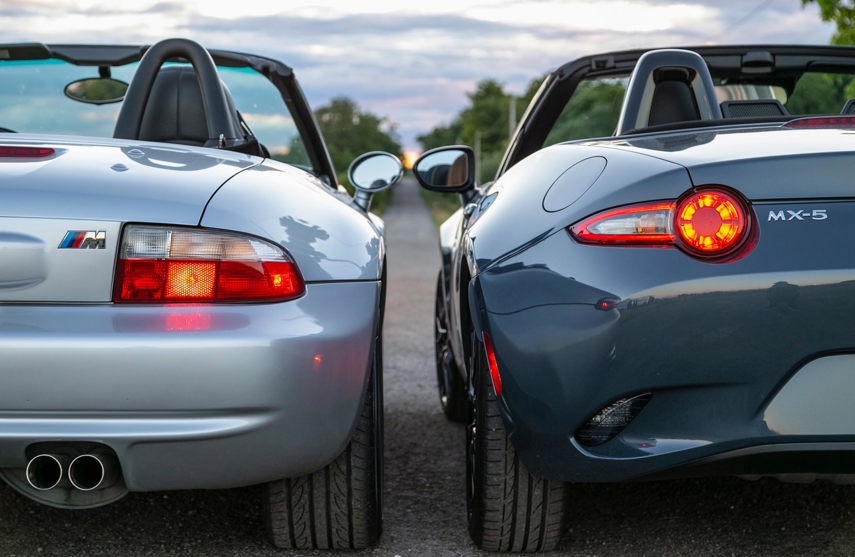
The BMW offers fantastic feedback and road feel through the hydraulically boosted steering, making it one of the high points of driving the M Roadster. There’s nothing fabricated or artificial about the heft of the steering, nor the information conveyed through the wheel. But the MX-5 is known for its sensational steering too, and despite its electric boost, the feel is impressive. The Mazda’s steering is much quicker, too and has no slack on-centre, making it more of a precision handling instrument than the BMW could ever be.
The Mazda is the car that can provide a driver endless smiles on backroad drives, but also be tons of fun on a tight track chasing down more powerful machines as its brilliant handling and brakes make it so easy to drive quickly.
My M Roadster has yet to see any track duty thanks to a widely known problem where the differential mount and trunk floor welds can tear apart under extreme use. The original Z3 was never meant to have the power of the larger six-cylinder engines and the results of intense track time can be very costly. Several aftermarket reinforcement kits are available, but since my car remains in good shape, I’ll wait a bit before doing that costly upgrade.
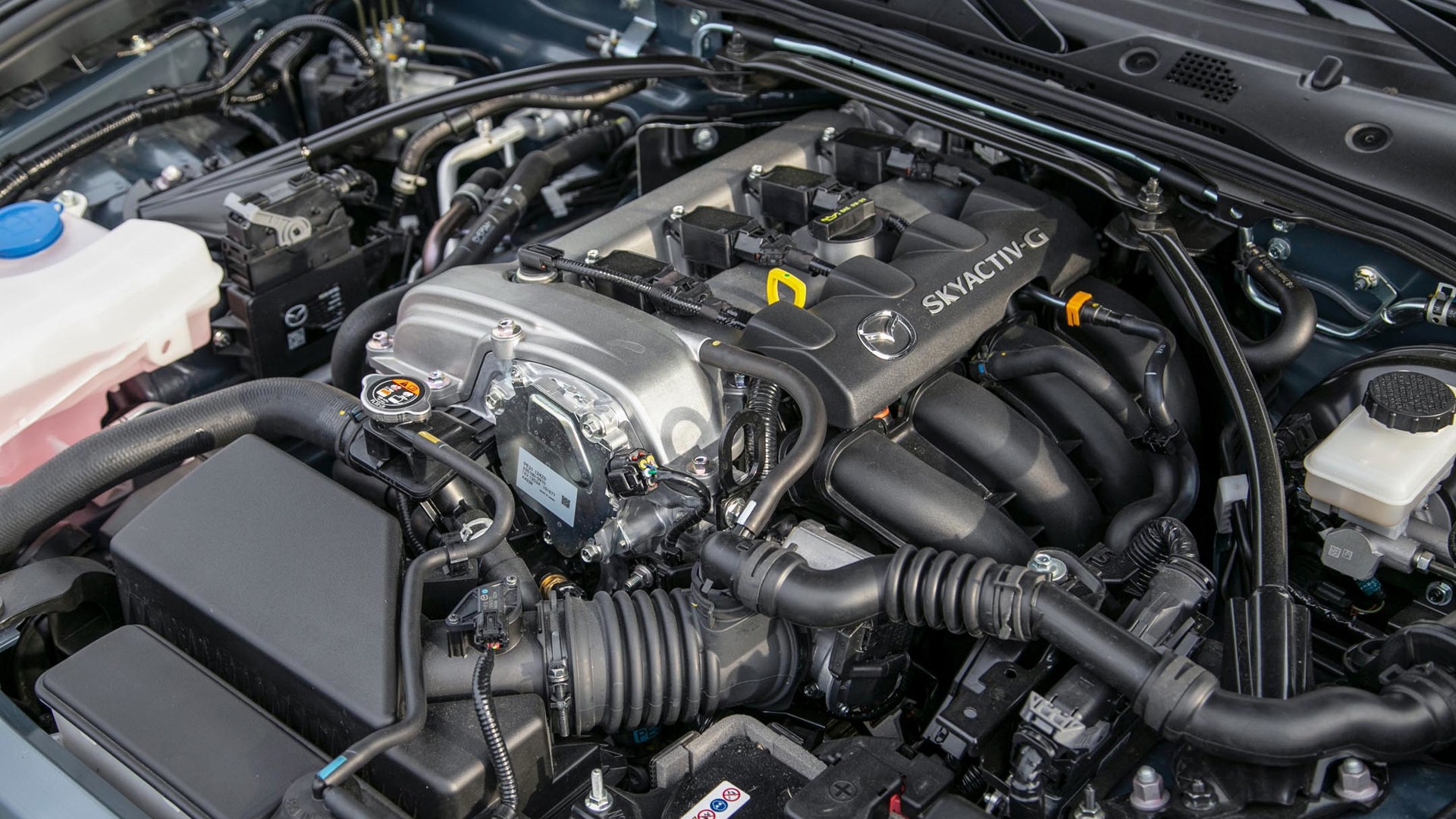
In 2019, Mazda gave the MX-5 a boost in power from 155 to 181 hp. If this sounds like a paltry amount, especially for a sports car, well, it is. But Mazda’s roadster has never been about big power, it’s meant to shine in the twisties rather than the straightaway. Still, its normally aspirated 2.0L four-cylinder offers enough oomph to propel the MX-5 to 100 km in a respectable sub-six second time.
Of the M Roadsters, my early North American spec means its heart is the S52 3.2L engine with 240 hp and 236 lb-ft of torque. While respectable for the time, later ’01 or '02 models put out over 300 ponies. Still, my car still had enough gumption to better the Boxster and nip at the heels of the V8-powered Corvette back in 2000. The M Roadster is no flyweight, though, tipping the scales 300 kg heavier than the MX-5, and while its abundance of torque makes it livelier on the roads, its dragstrip edge is largely eroded by its greater mass.
The MX-5’s four-cylinder offers the soundtrack of an industrial HVAC system, making me wish BMW’s engine, with its deeper burble at idle and feral snarl as the revs rise, wasn’t as quiet as it is. Its smoothness and silken, linear power remind the driver that even though it’s two decades old, this inline-six is a purpose-built performance engine from a premium manufacturer. And while the throws of the BMW’s five-speed are longer than the snickety-snick of Mazda’s sublime six-speed, it’s in no way less pleasing to row, jiving perfectly with a clutch that seems just right in my car.
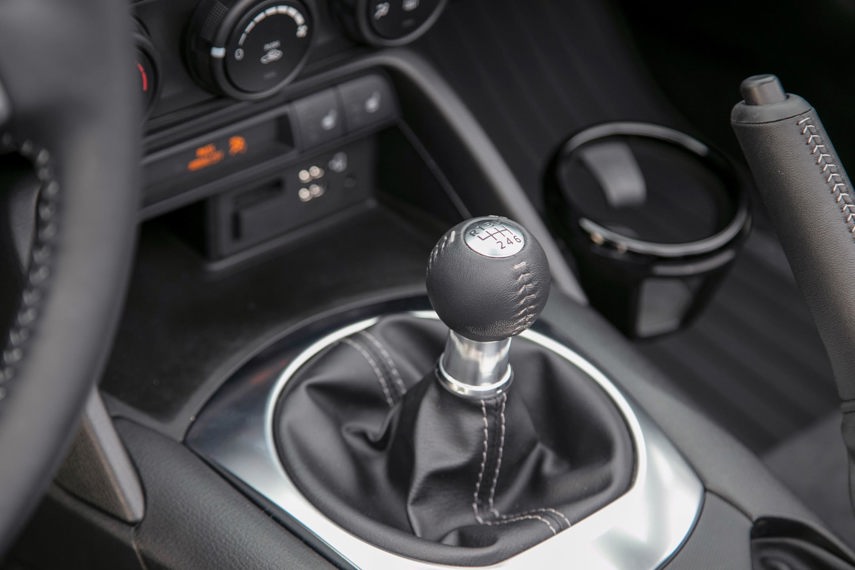
One of the MX-5’s most endearing qualities is its bulletproof reliability. Motorists experienced with British roadsters cursed by Lucas electrics were in awe of the original Miata’s longevity and durability. It’s easy to find plenty of first-generation Miatas on the road, many with hundreds of thousands of kilometres, still offering endless smiles, and while the new car is far more complex, it comes with Mazda’s unlimited mileage, three-year warranty.
Meanwhile, buying an old German car can be a bit like juggling a grenade whose pin has already been pulled; it’s gonna go off, you just don’t know how soon. My car has been through a thorough inspection, had all its fluids flushed and hoses replaced, and so far, appears to be the very picture of good health, defective air conditioning notwithstanding.
Even after a few thousand in reconditioning costs, I could still replace the car entirely and not have spent as much as a new MX-5. For the 5,000 or so kilometres I’m likely to drive this car each year, it seems like good value, especially when it does all the roadster-things as well as the MX-5. Plus, to my admittedly biased eye, the bulging fenders and traditional sports car proportions of the M Roadster are absolutely stunning, especially next to the squinty-eyed, sharp-edged Mazda that surely won’t age as well.
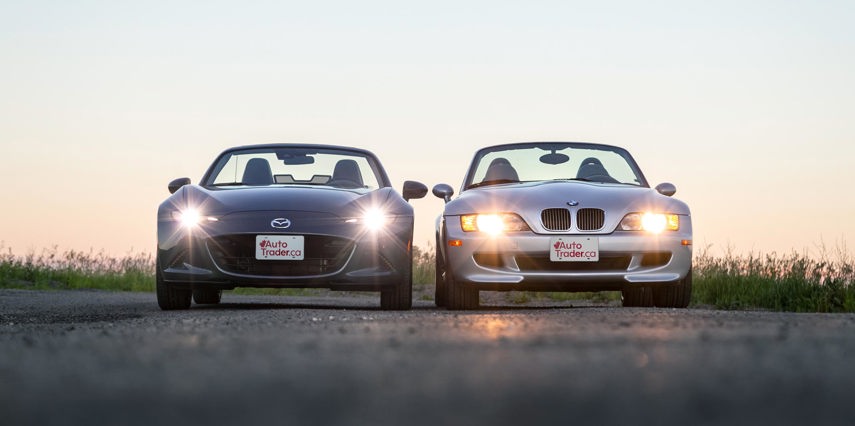
The M Roadster is an unmistakably classic BMW, which gives it a certain amount of cachet that the MX-5 will never have, and thanks to its initial cost of $62,900 ($94,000 in today’s dollars), the M Roadster is quite rare, and slowly increasing in value. The opposite is true with a new MX-5.
I genuinely love the new MX-5 and will fully concede it’s the better driver’s car. It’s more precise and easier to drive both when cruising or cavorting; it’s more efficient, and it offers more features and amenities than the old M Roadster. But those are largely practical considerations, and a roadster purchase, especially in Canada, is an emotional decision that deserves a buyer’s heart and soul. A roadster should provide its owner joy whether being driven, polished in the garage, or simply admired over one’s shoulder when walking away. My M Roadster does all of that for half the cost of the MX-5.
|
|
2000 BMW M Roadster |
2021 Mazda MX-5 GS-P |
|
Length (mm) |
4,025 |
3,914 |
|
Width (mm) |
1,740 |
1,735 |
|
Wheelbase (mm) |
2,459 |
2,309 |
|
Height (mm) |
1,266 |
1,240 |
|
Curb weight (kg) |
1,400 |
1,092 |
|
Trunk (L) |
165 |
130 |
|
Engine |
3.2L I6 |
2.0L I4 |
|
HP @ rpm |
240 @ 6,000 |
181 @ 7,000 |
|
Torque (lb-ft) @ rpm |
236 @ 3,800 |
151 @ 4,000 |
|
Power-to-Weight (hp/lb) |
0.078 |
0.075 |
|
Fuel City (L/100 km) |
12.1 |
9.0 |
|
Fuel Hwy (L/100 km) |
8.1 |
7.0 |
|
Tires (front) |
225/45/17 |
205/45/17 |
|
Tires (rear) |
245/40/17 |
205/45/17 |
|
Cost New |
$62,900 |
$41,800 |
|
Cost Corrected for Inflation |
$94,000 |
$41,800 |
